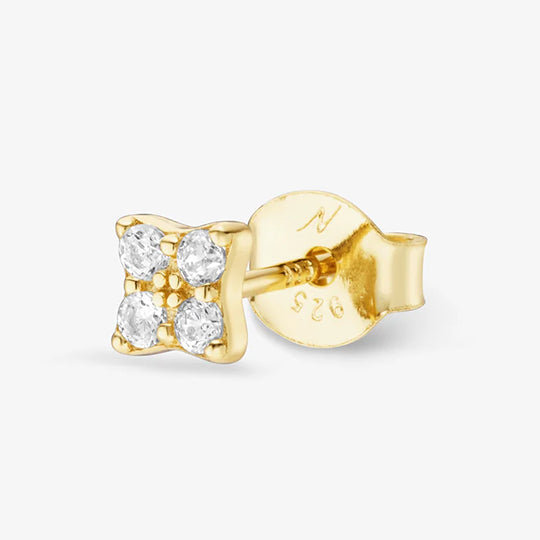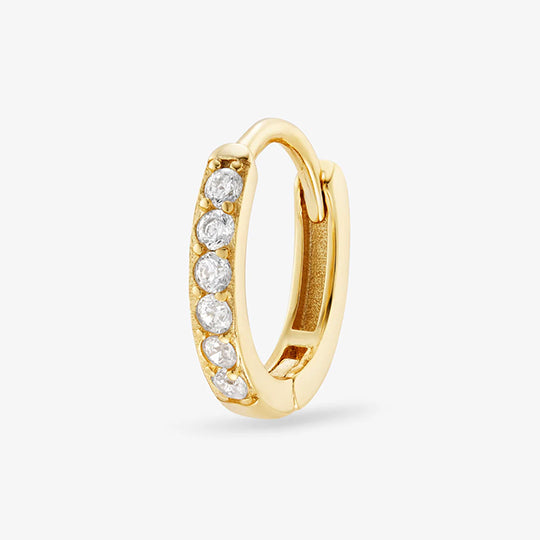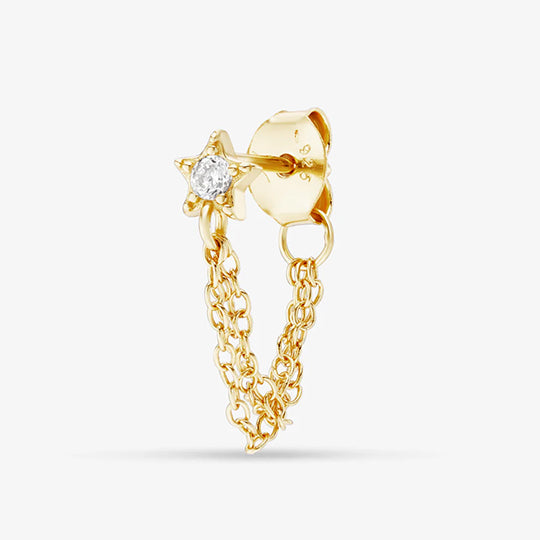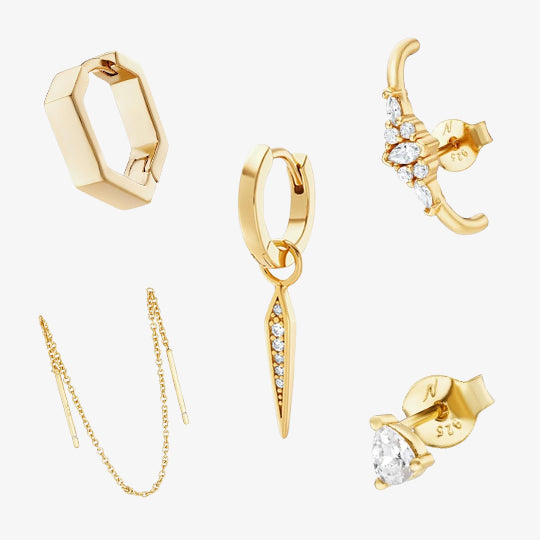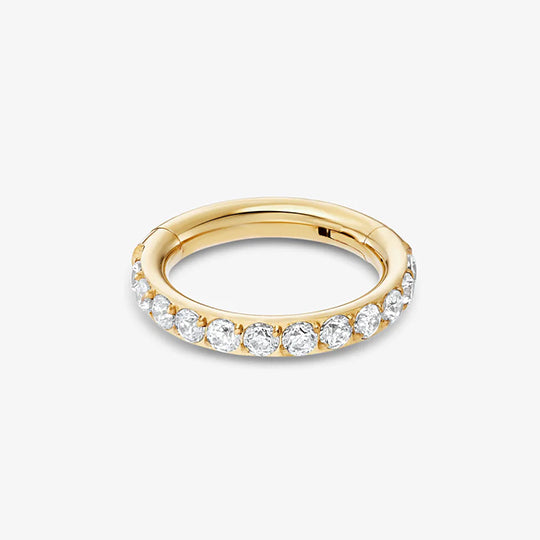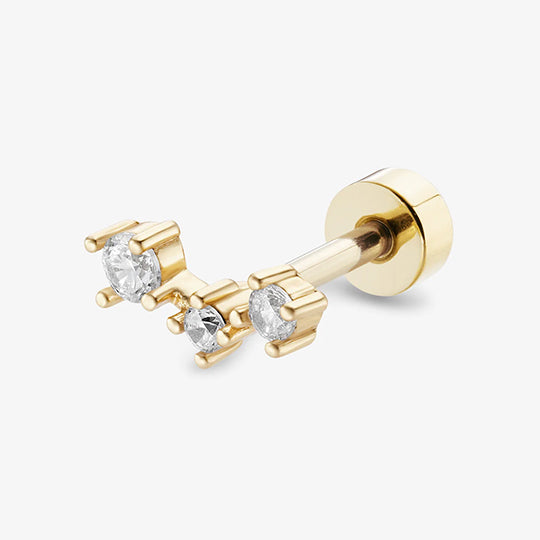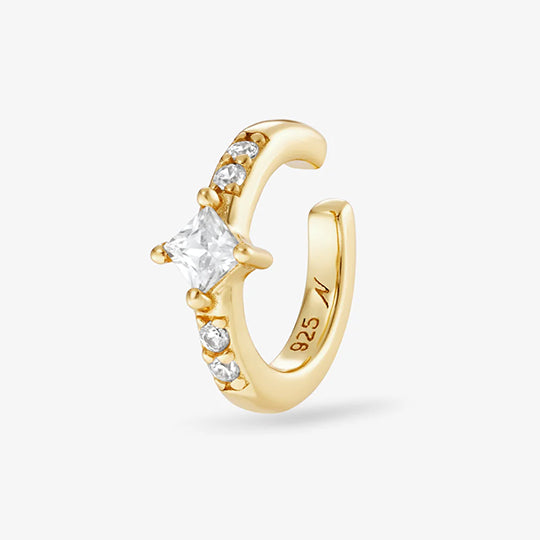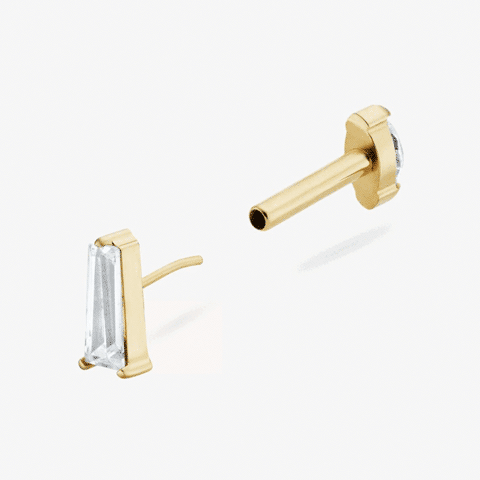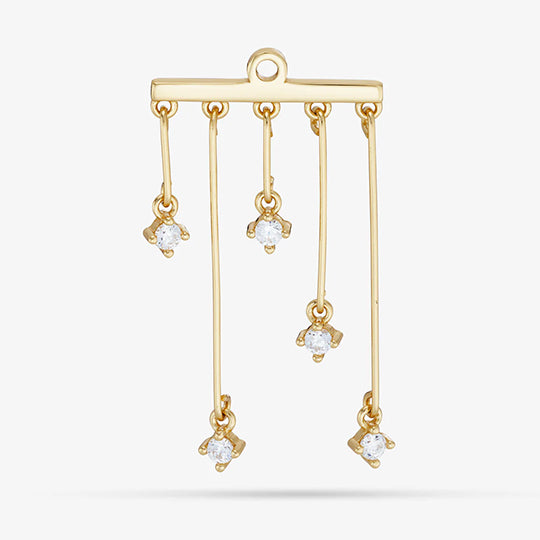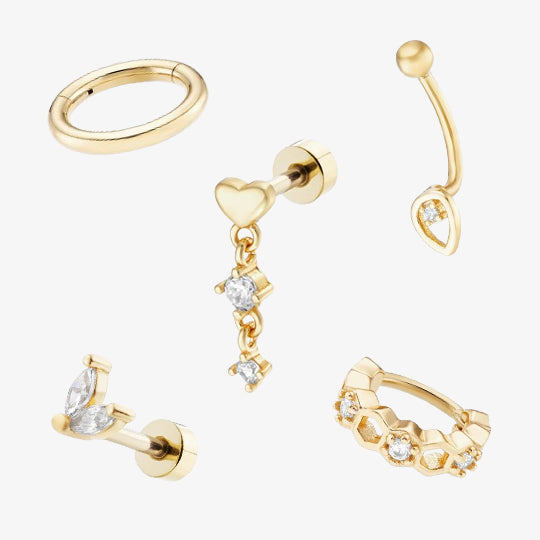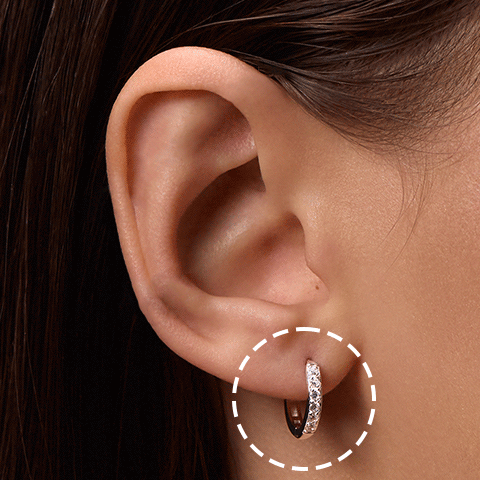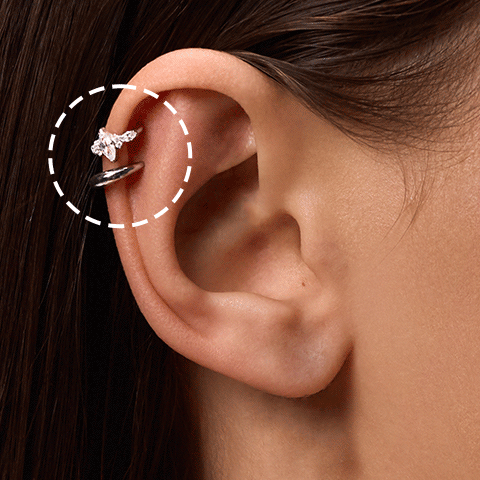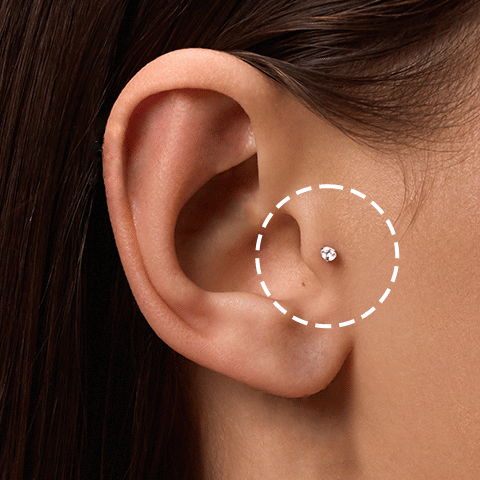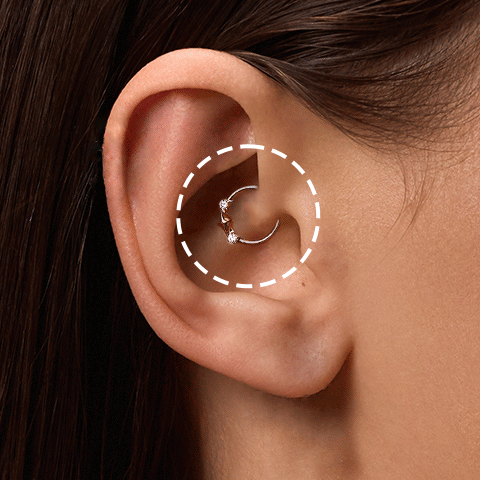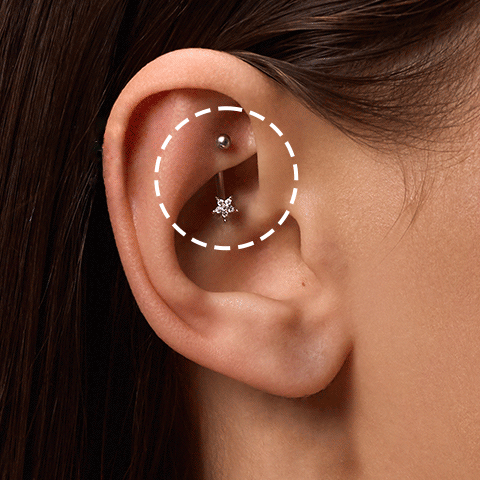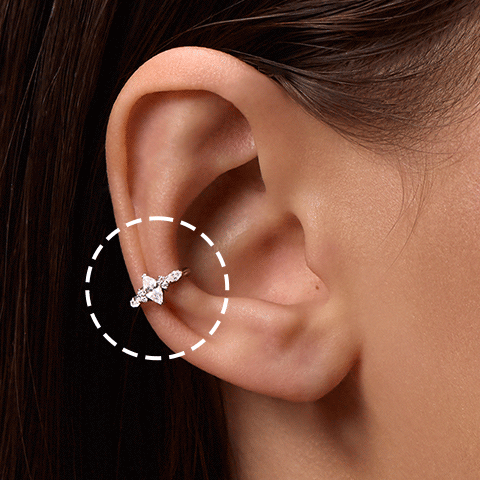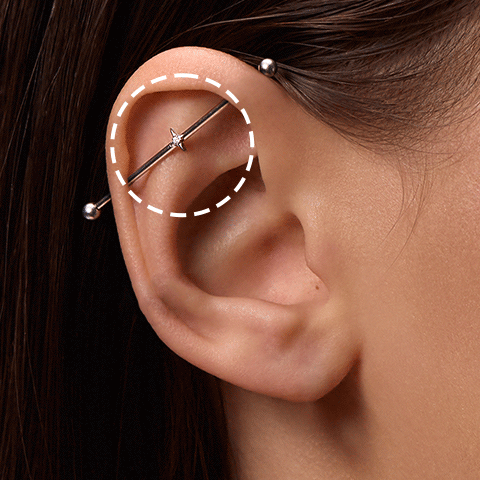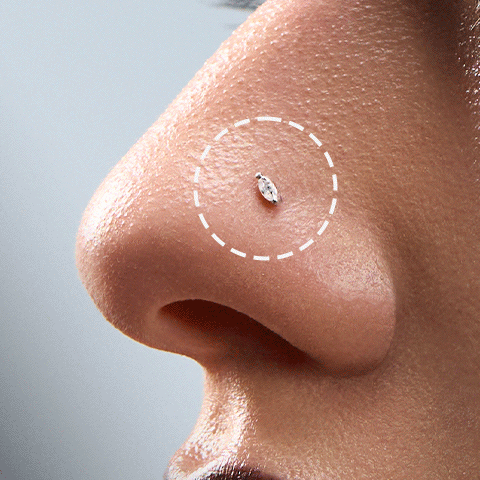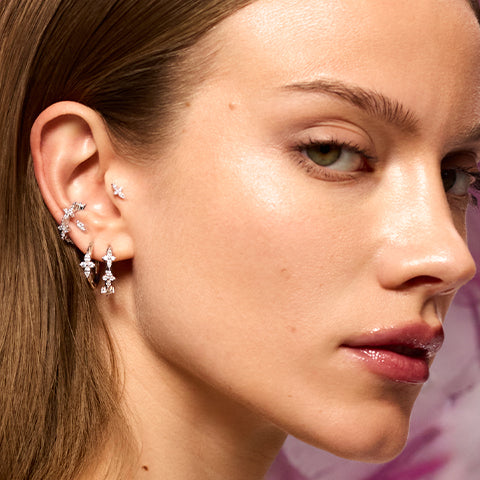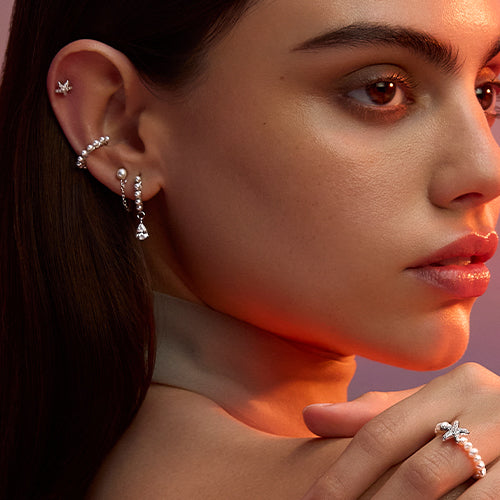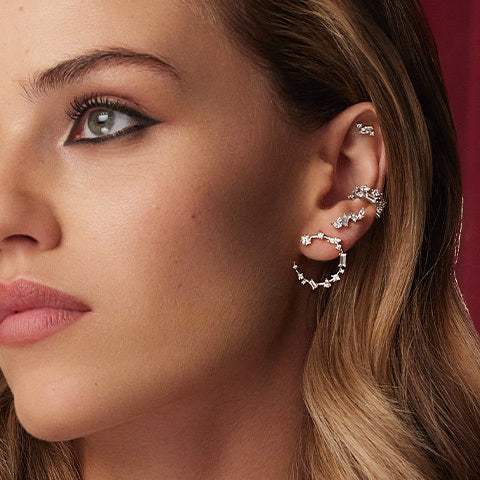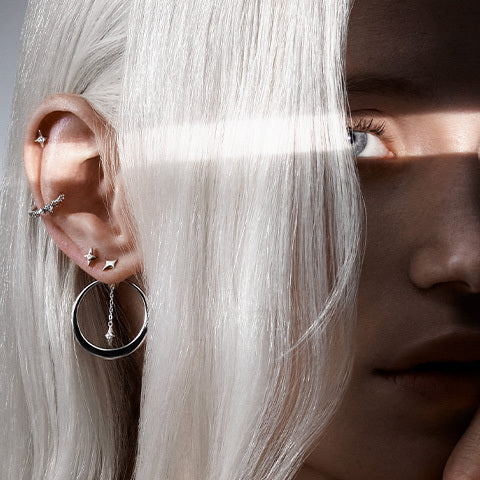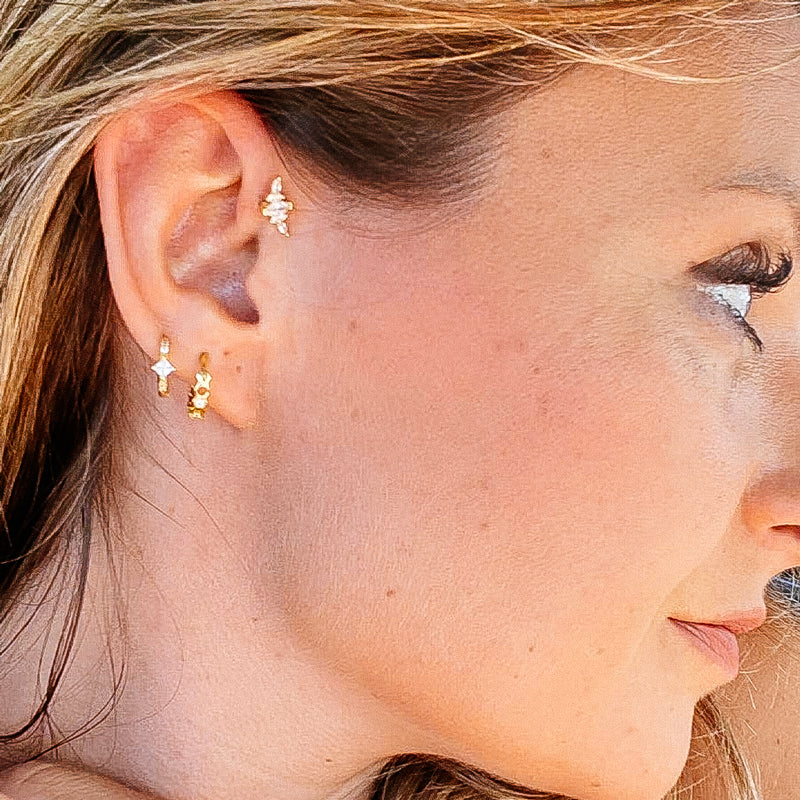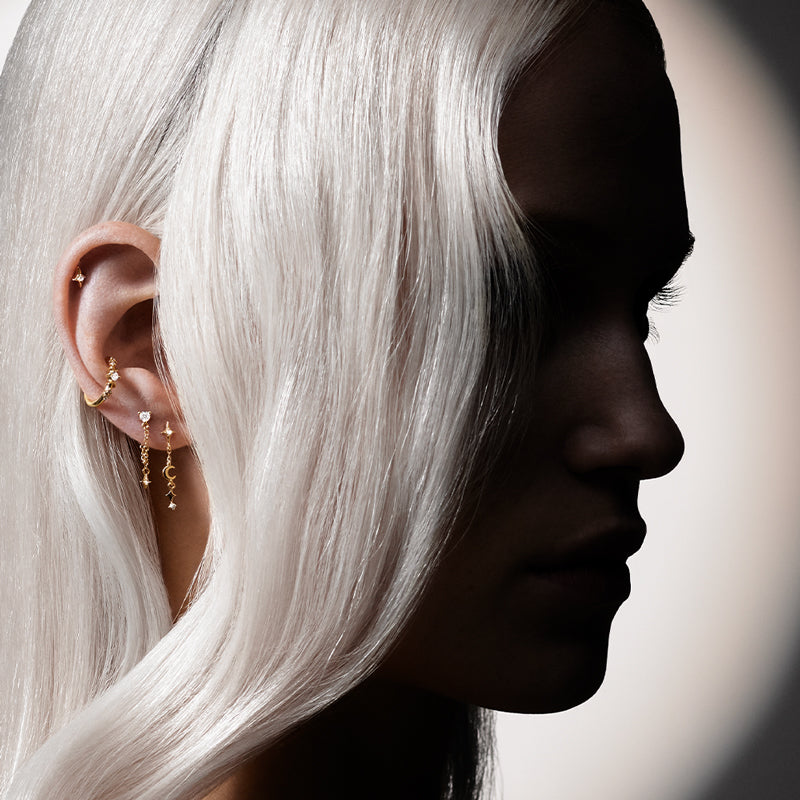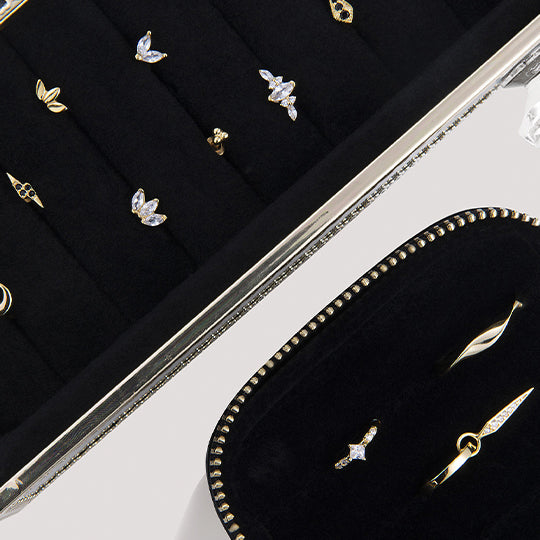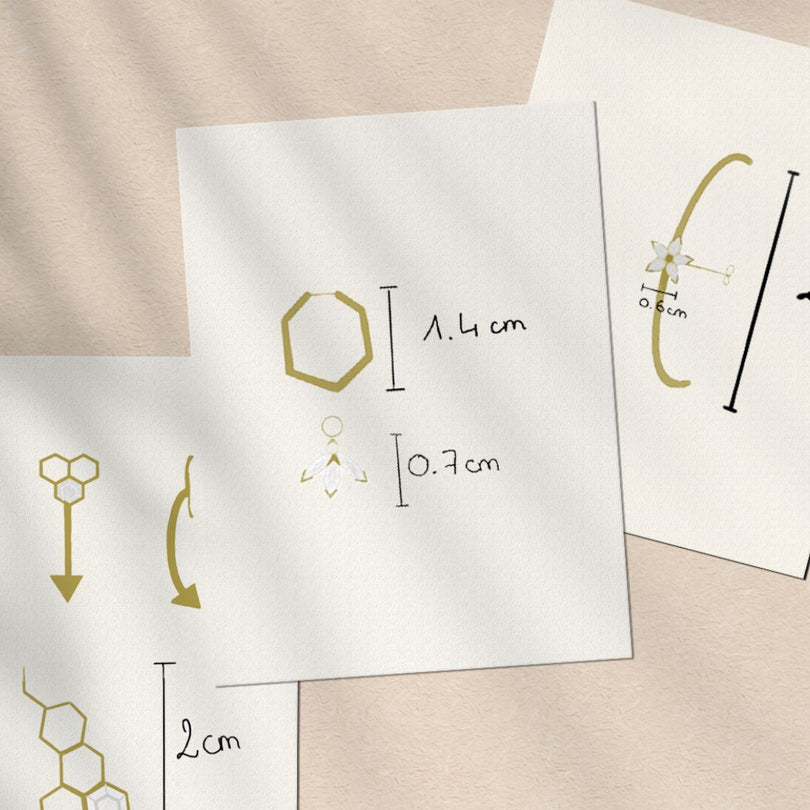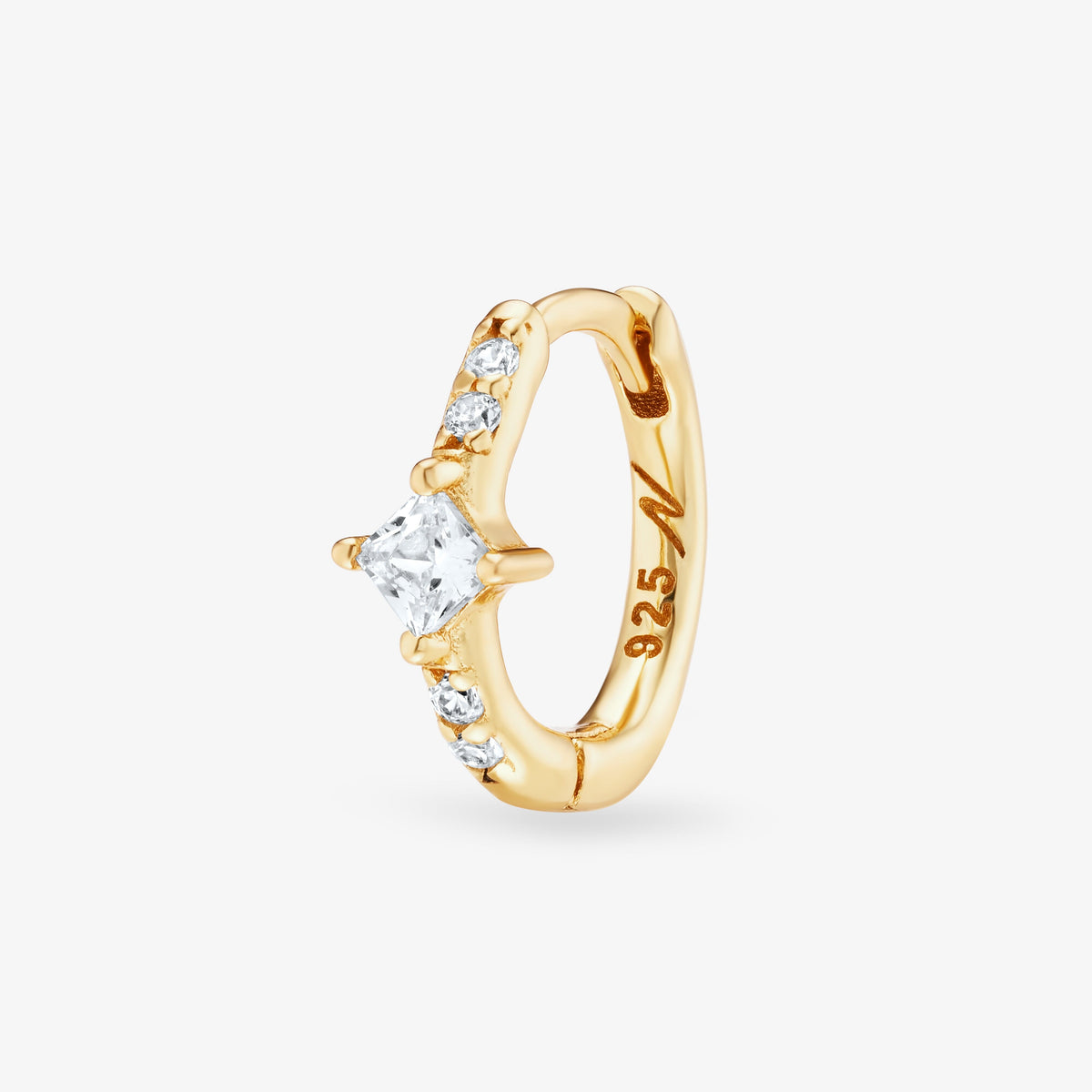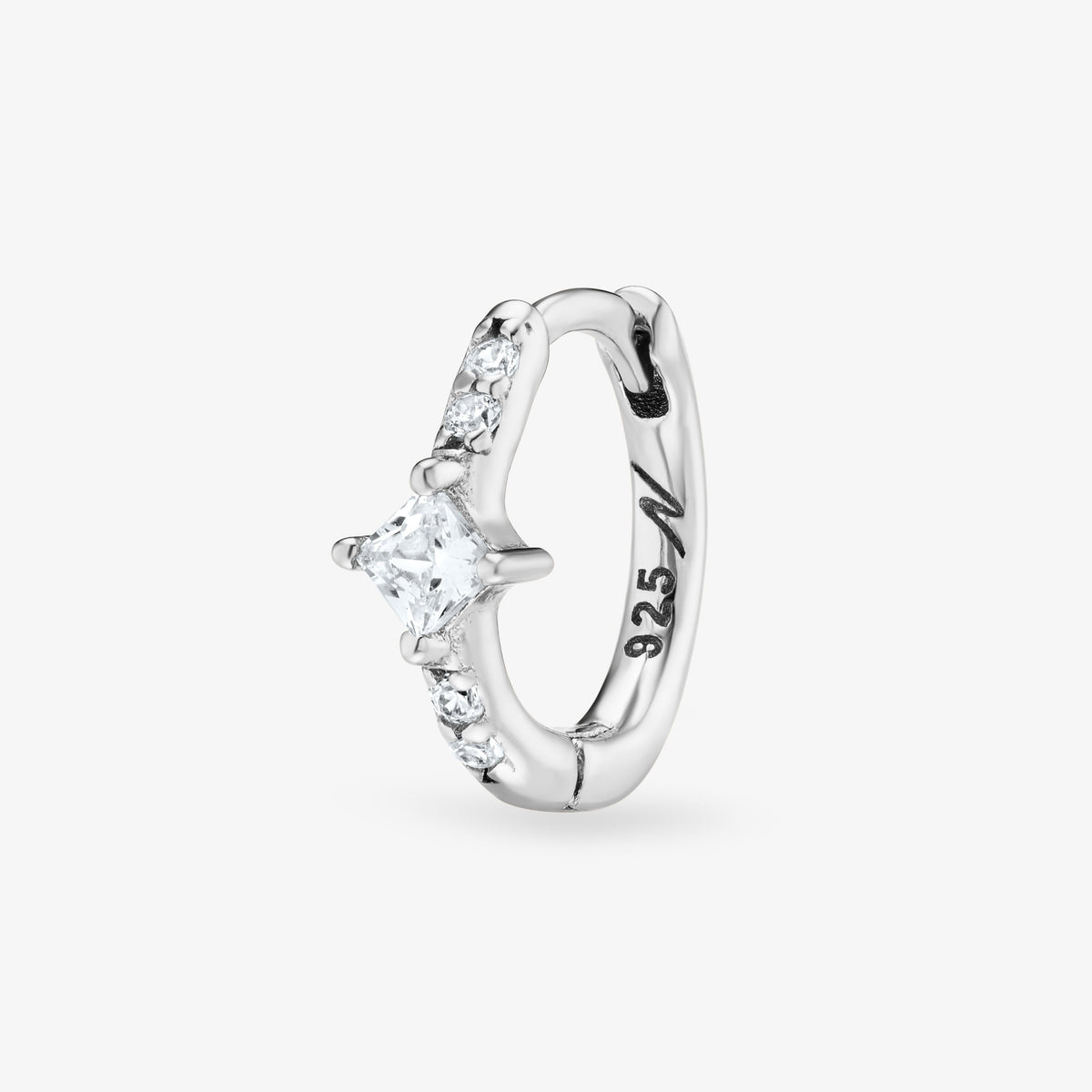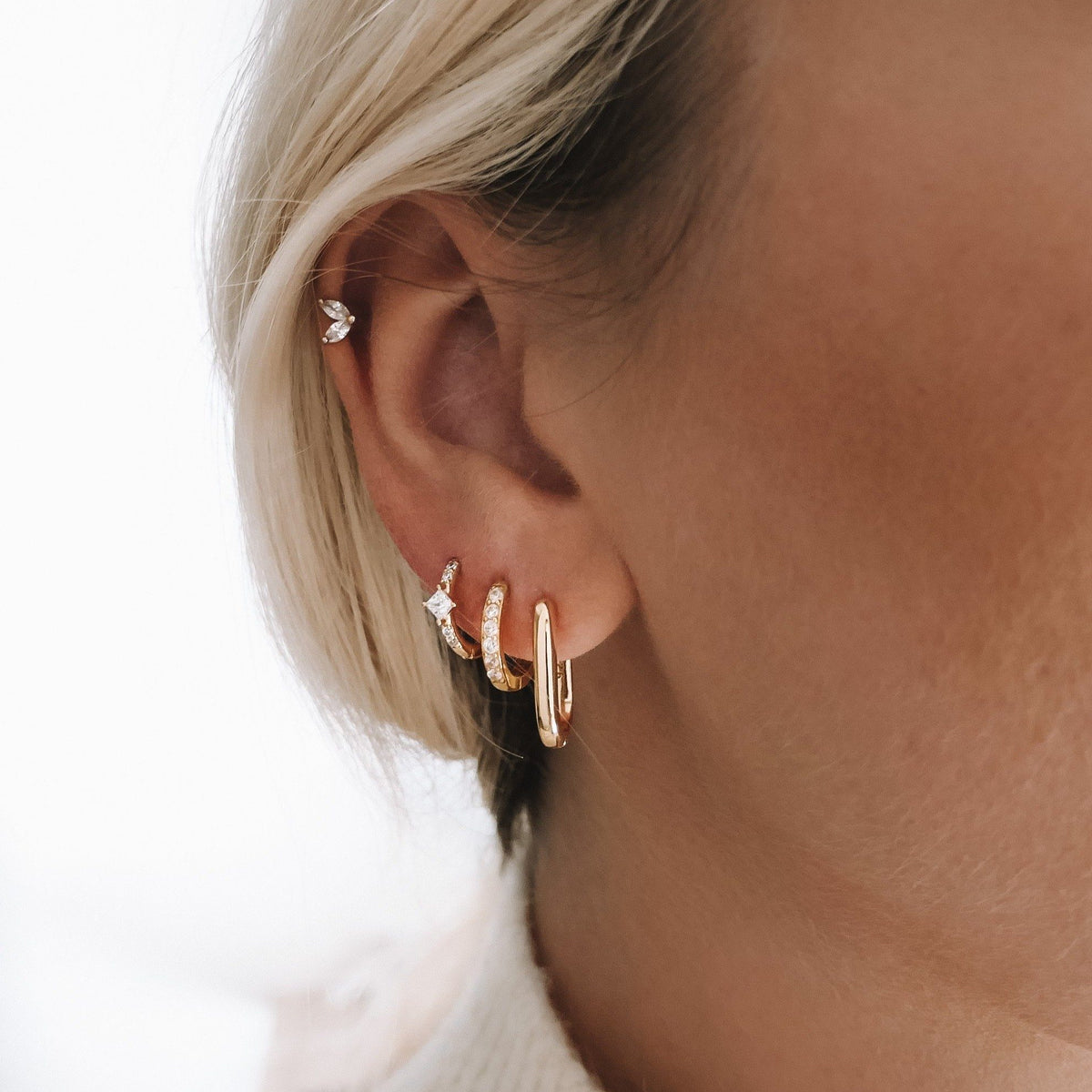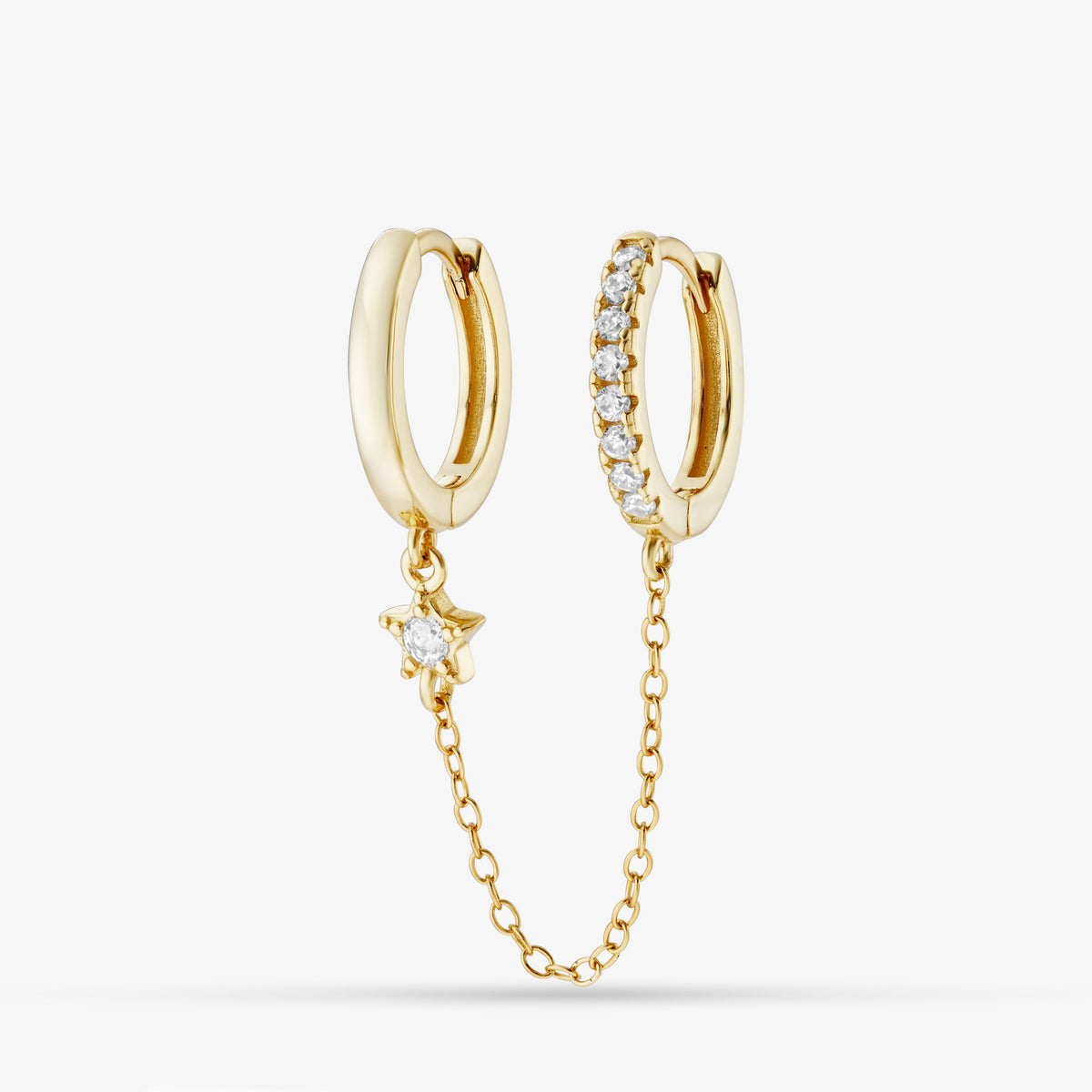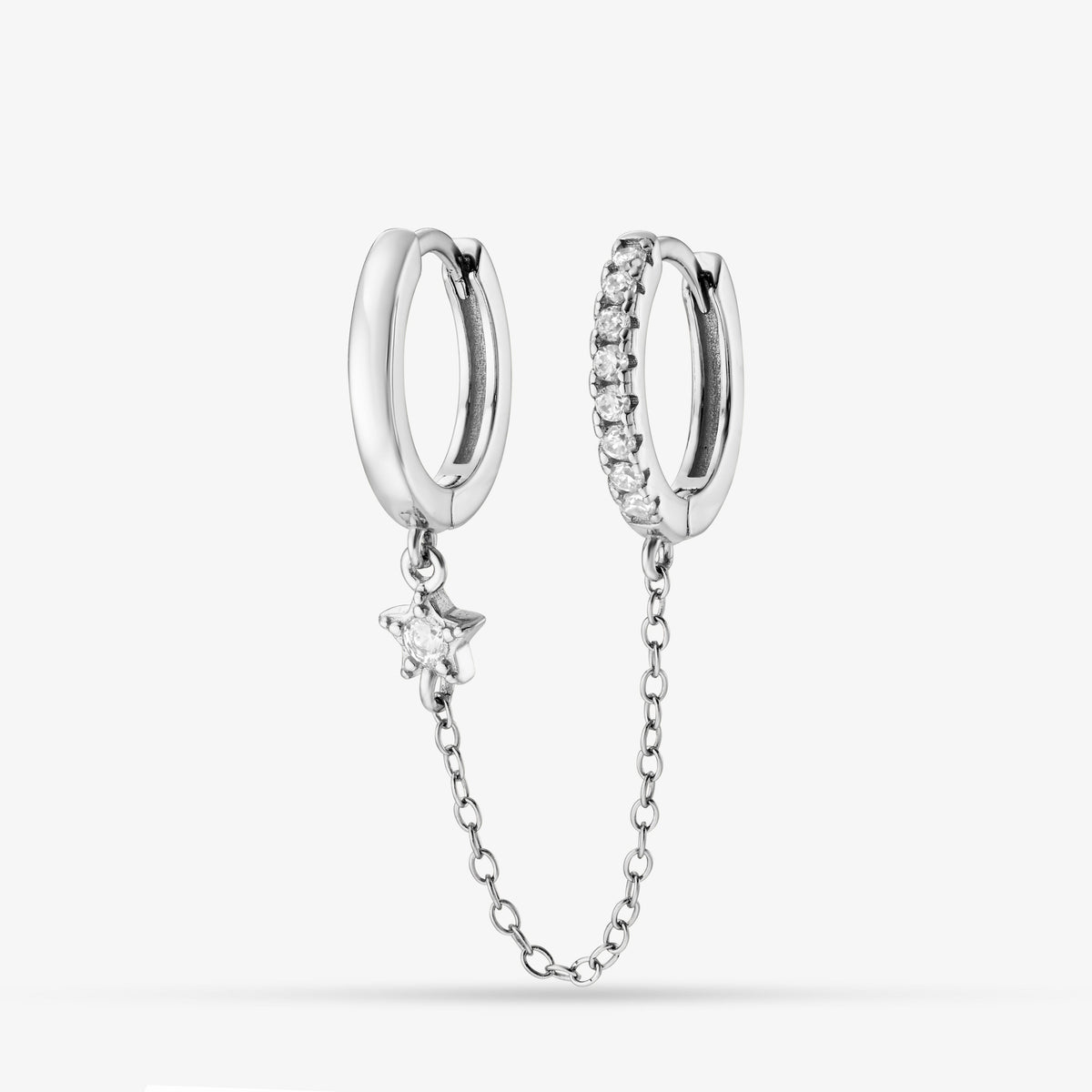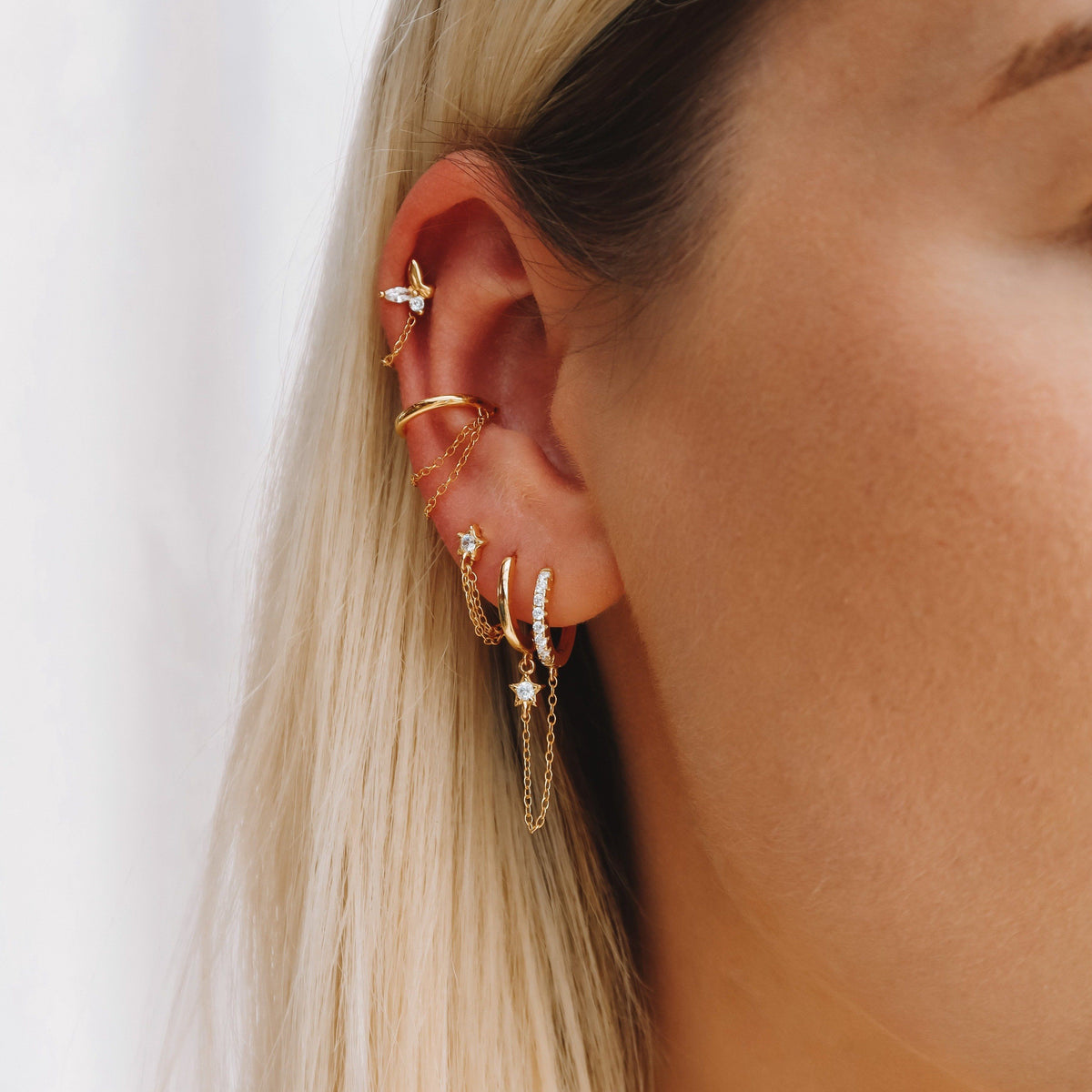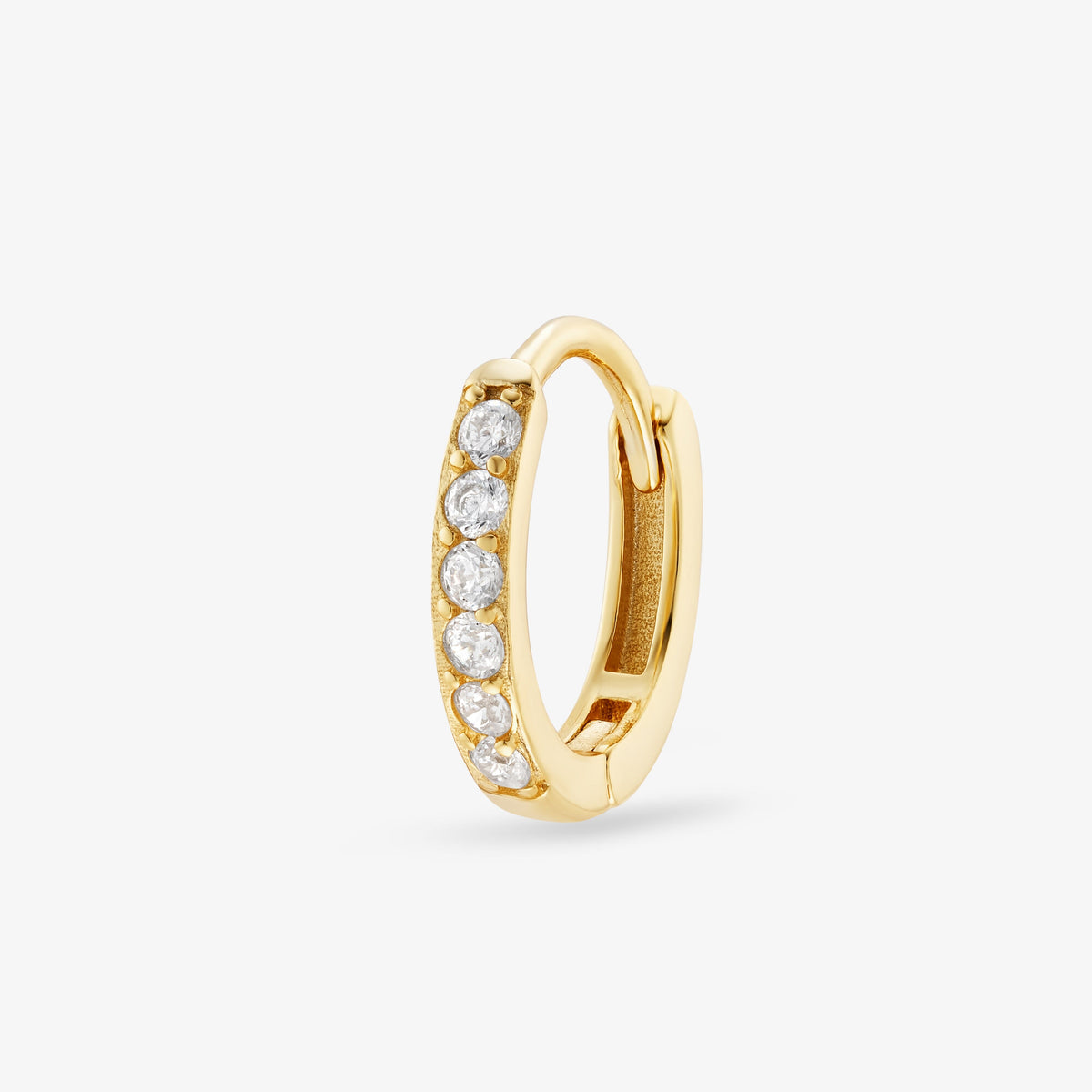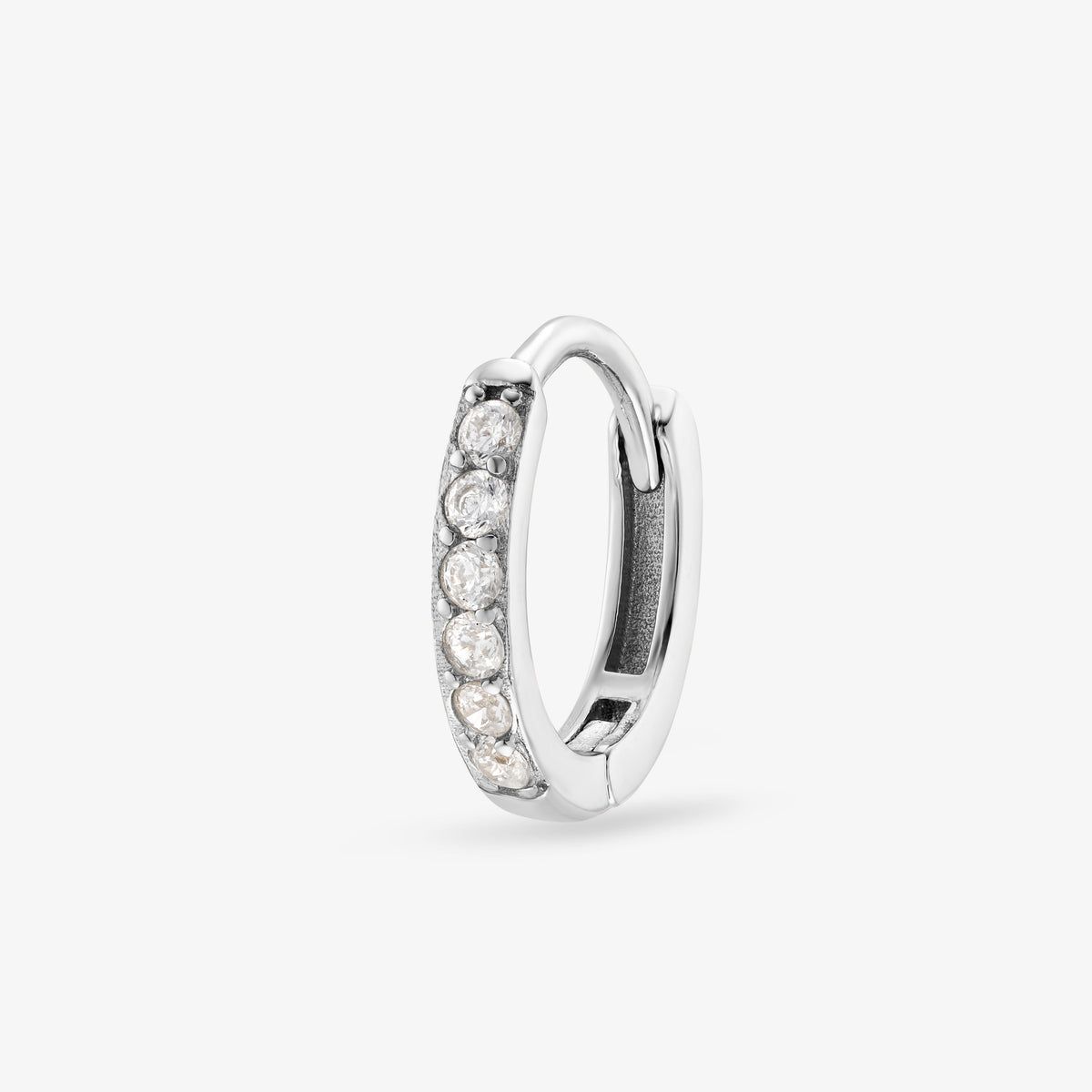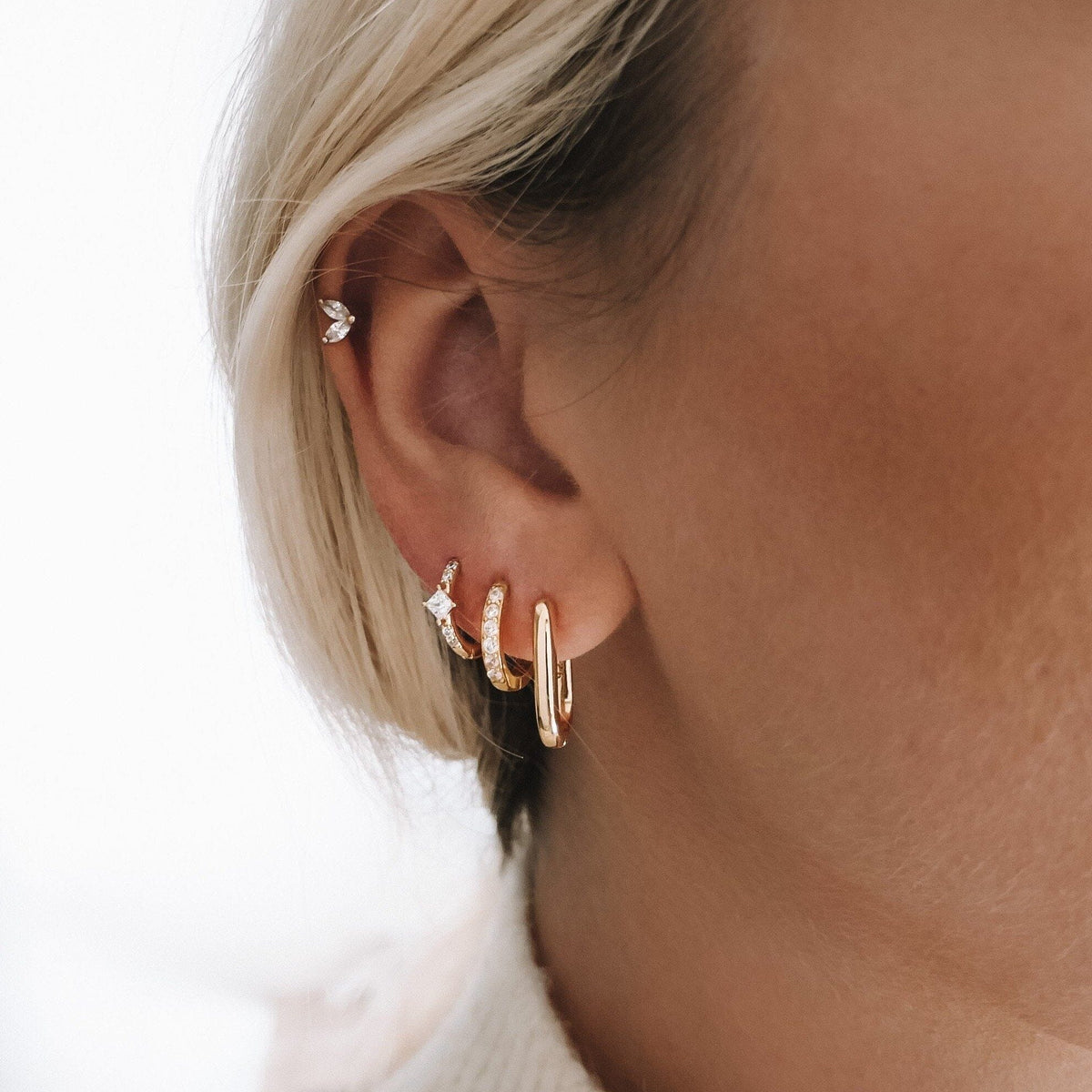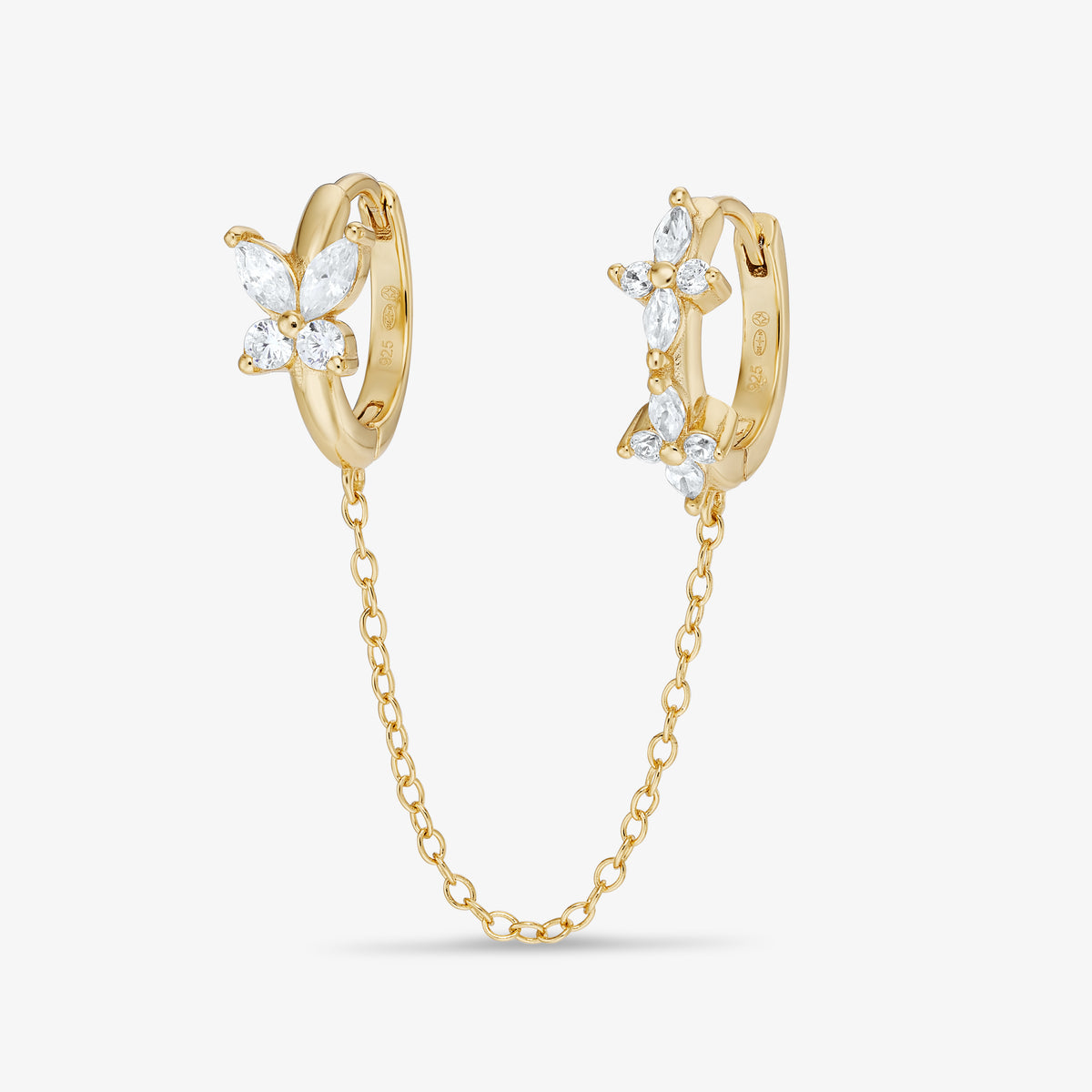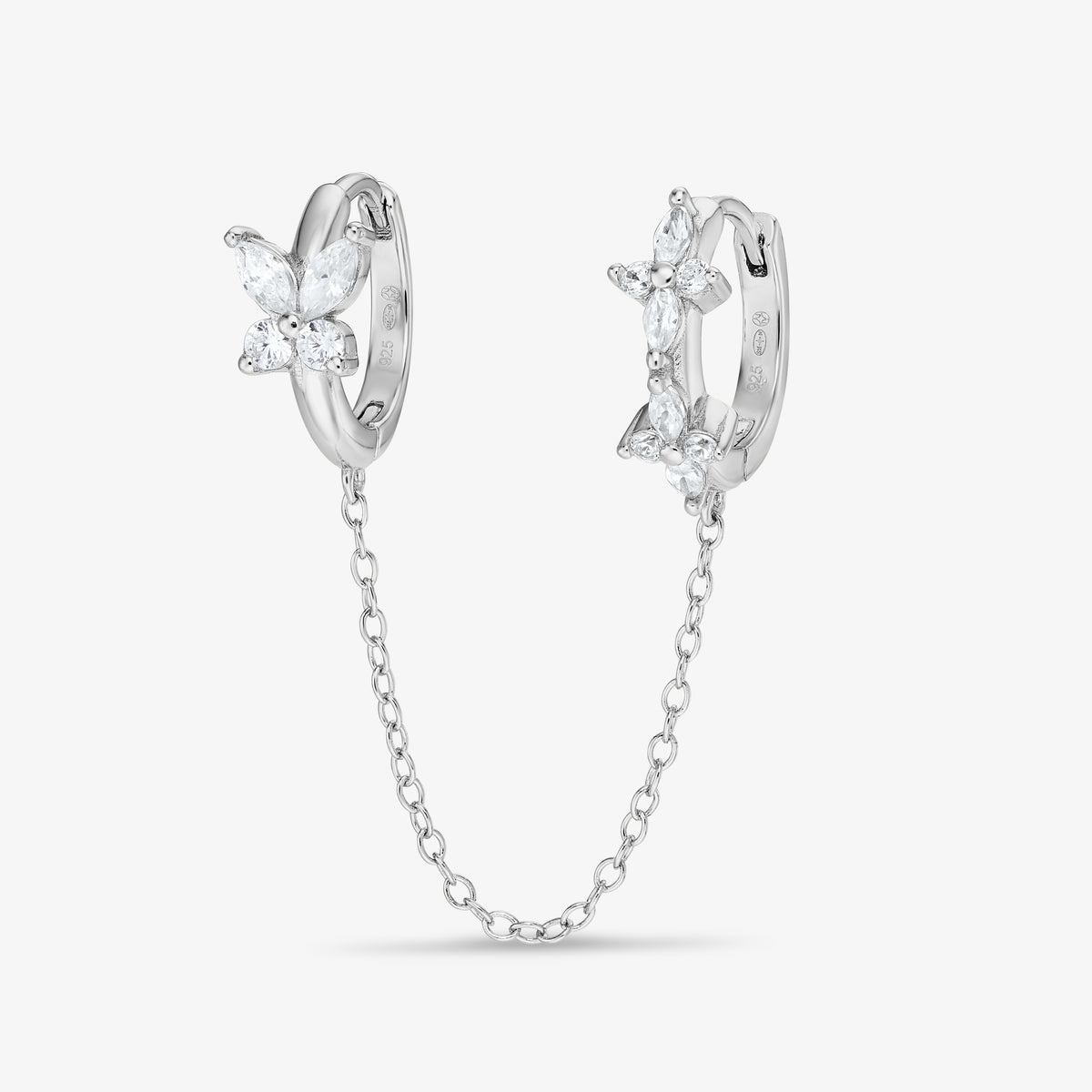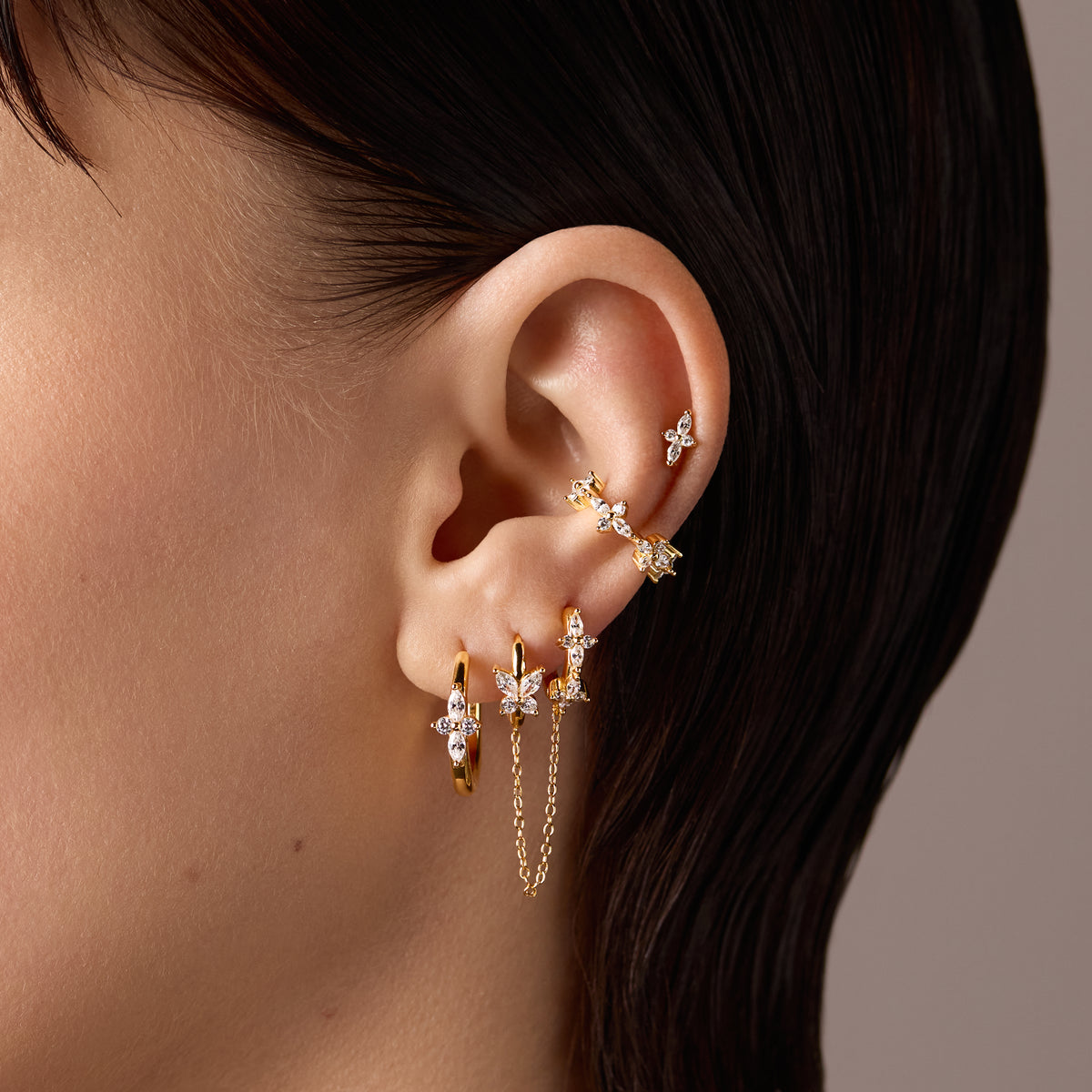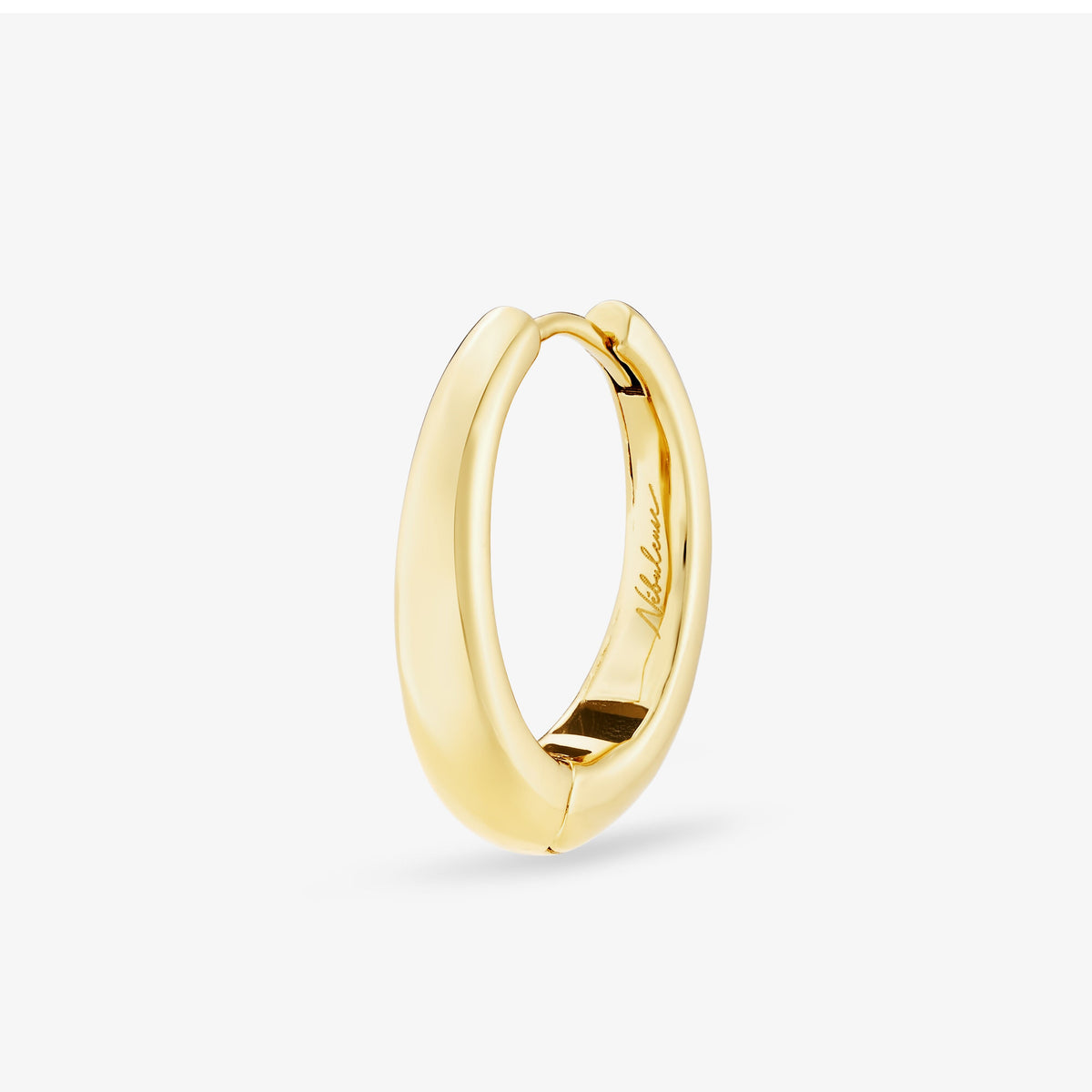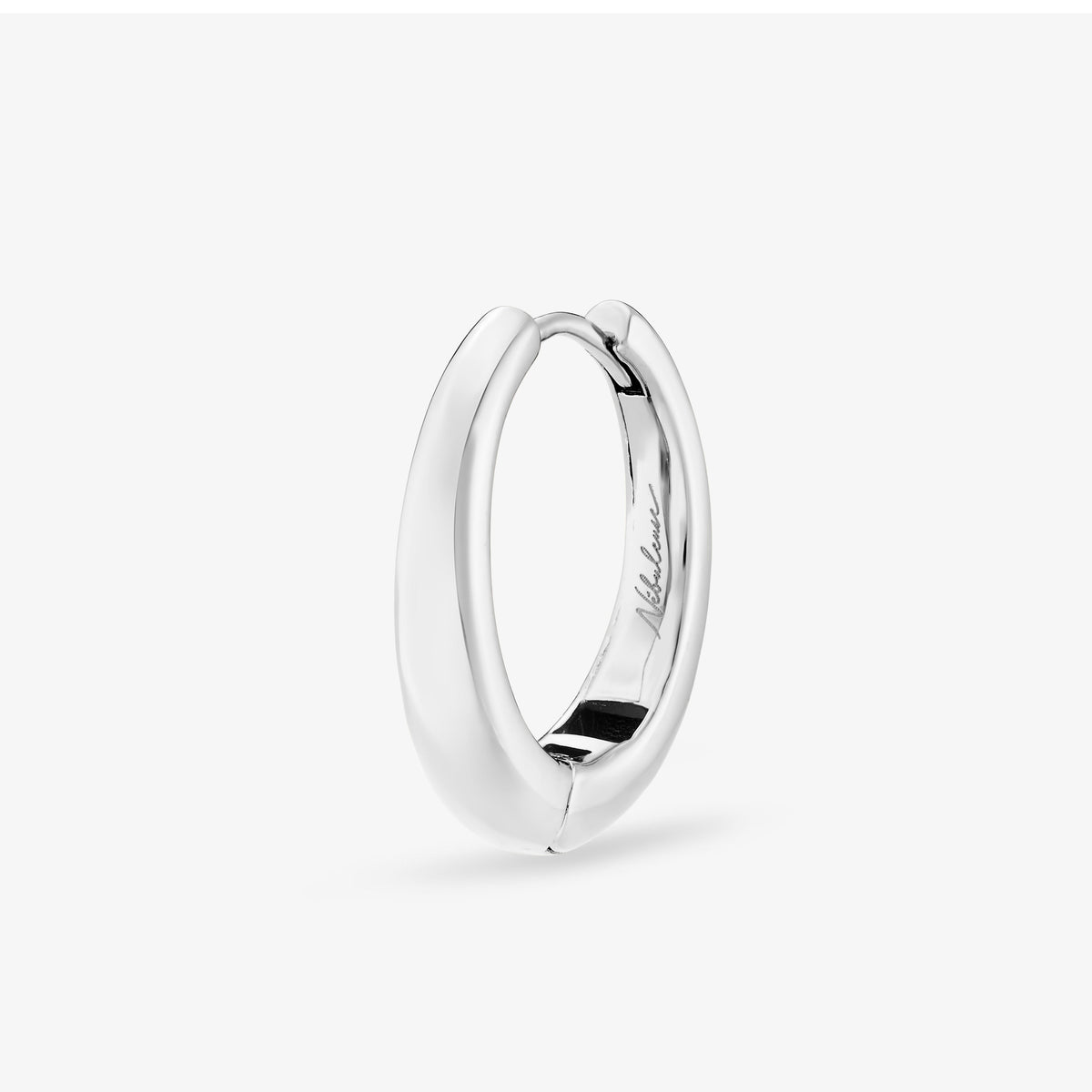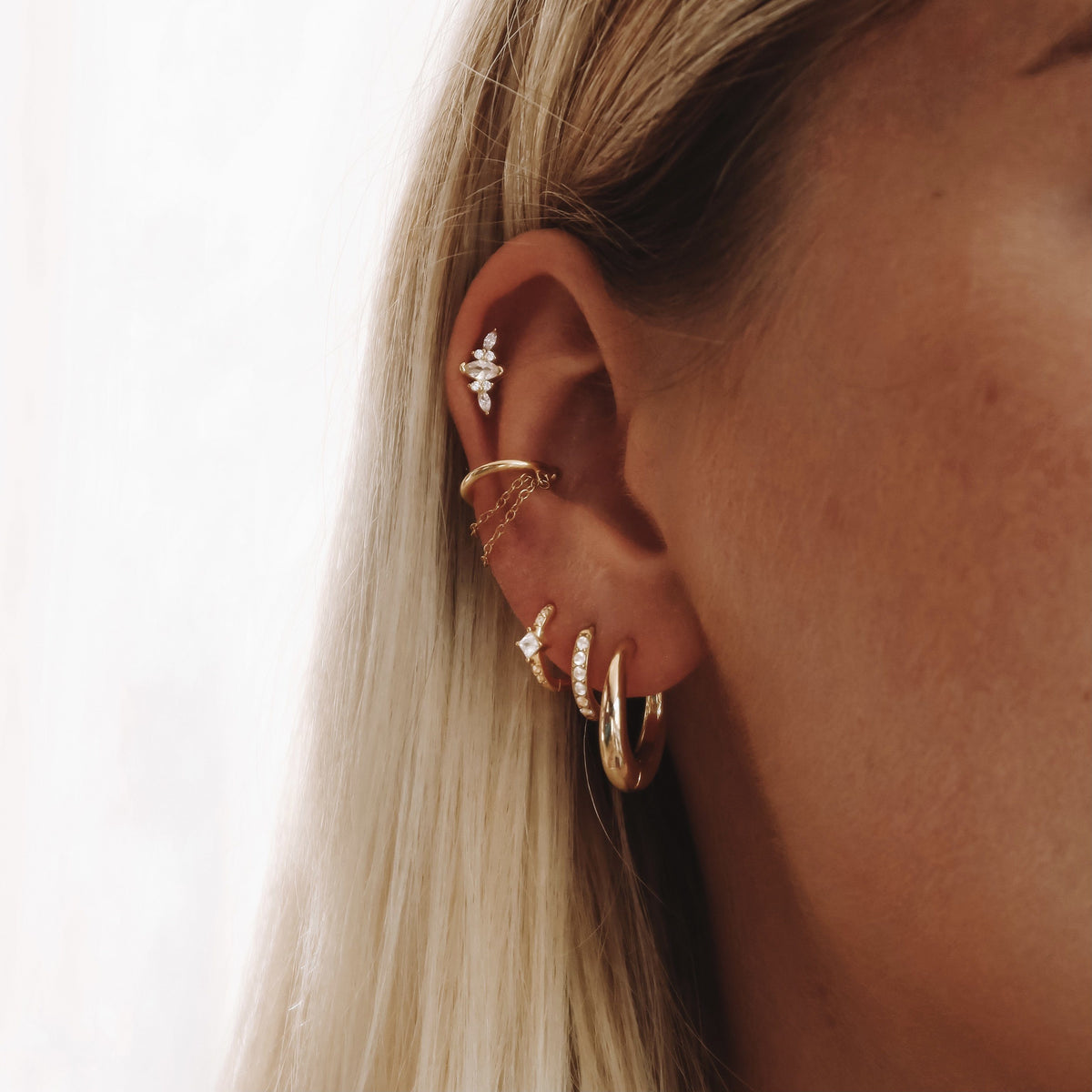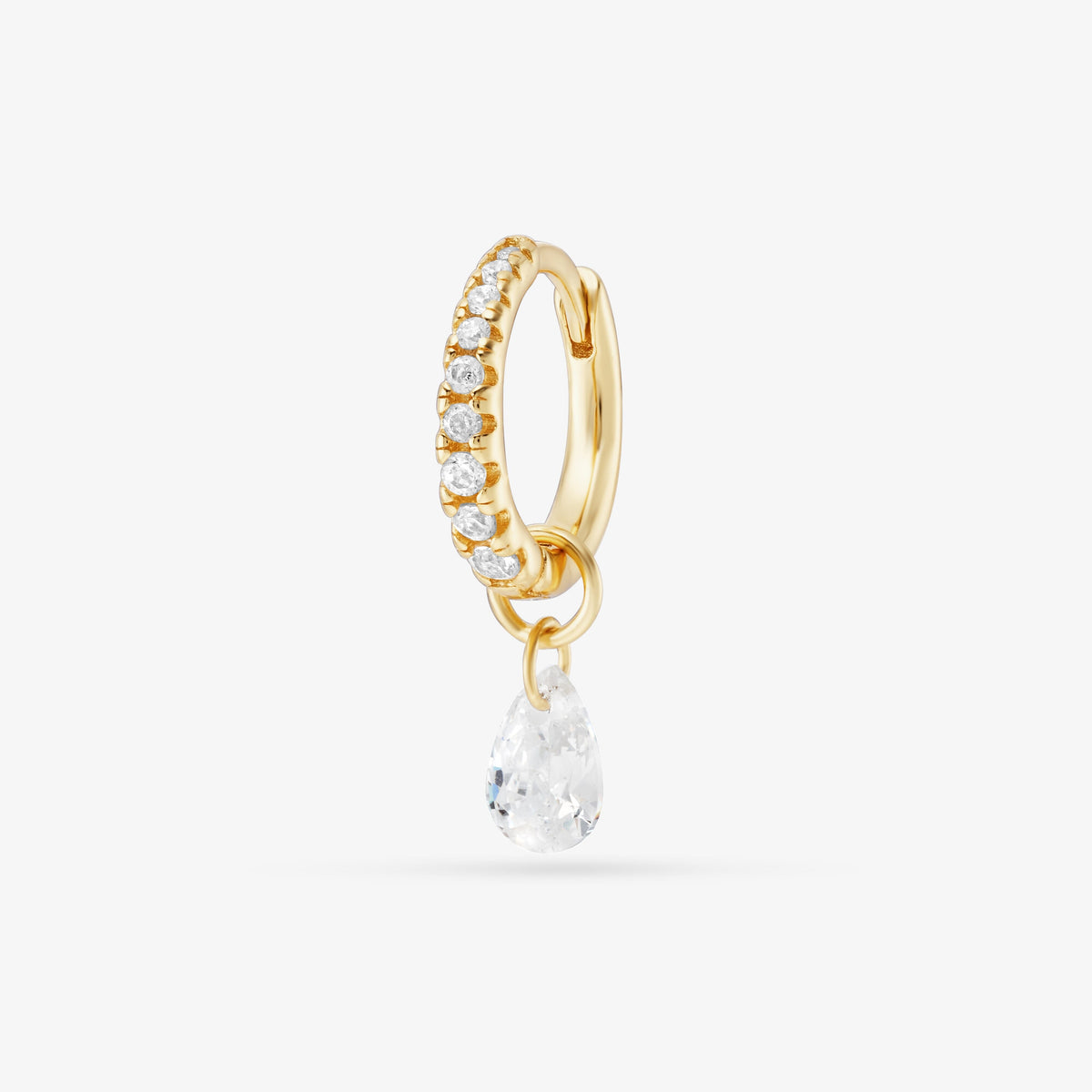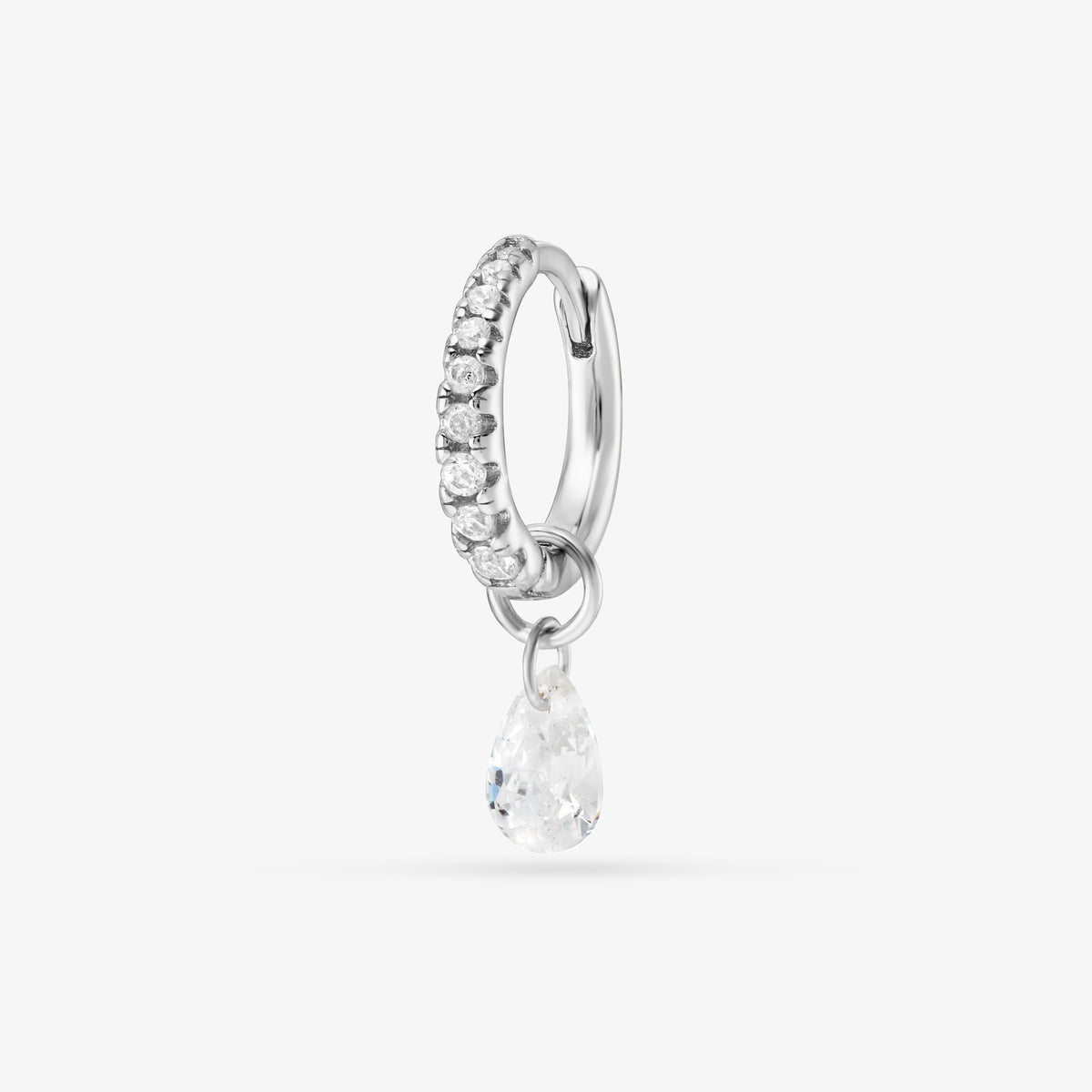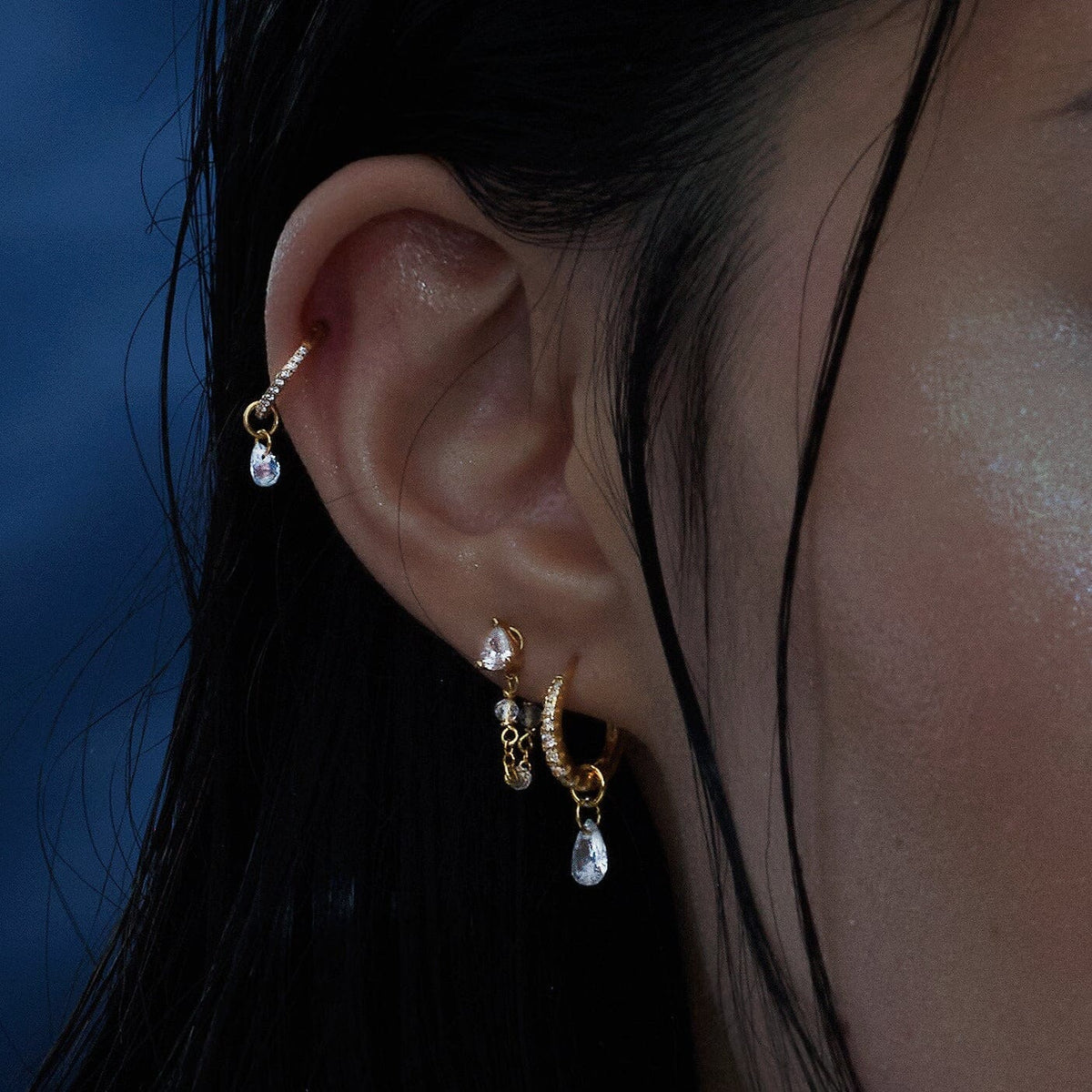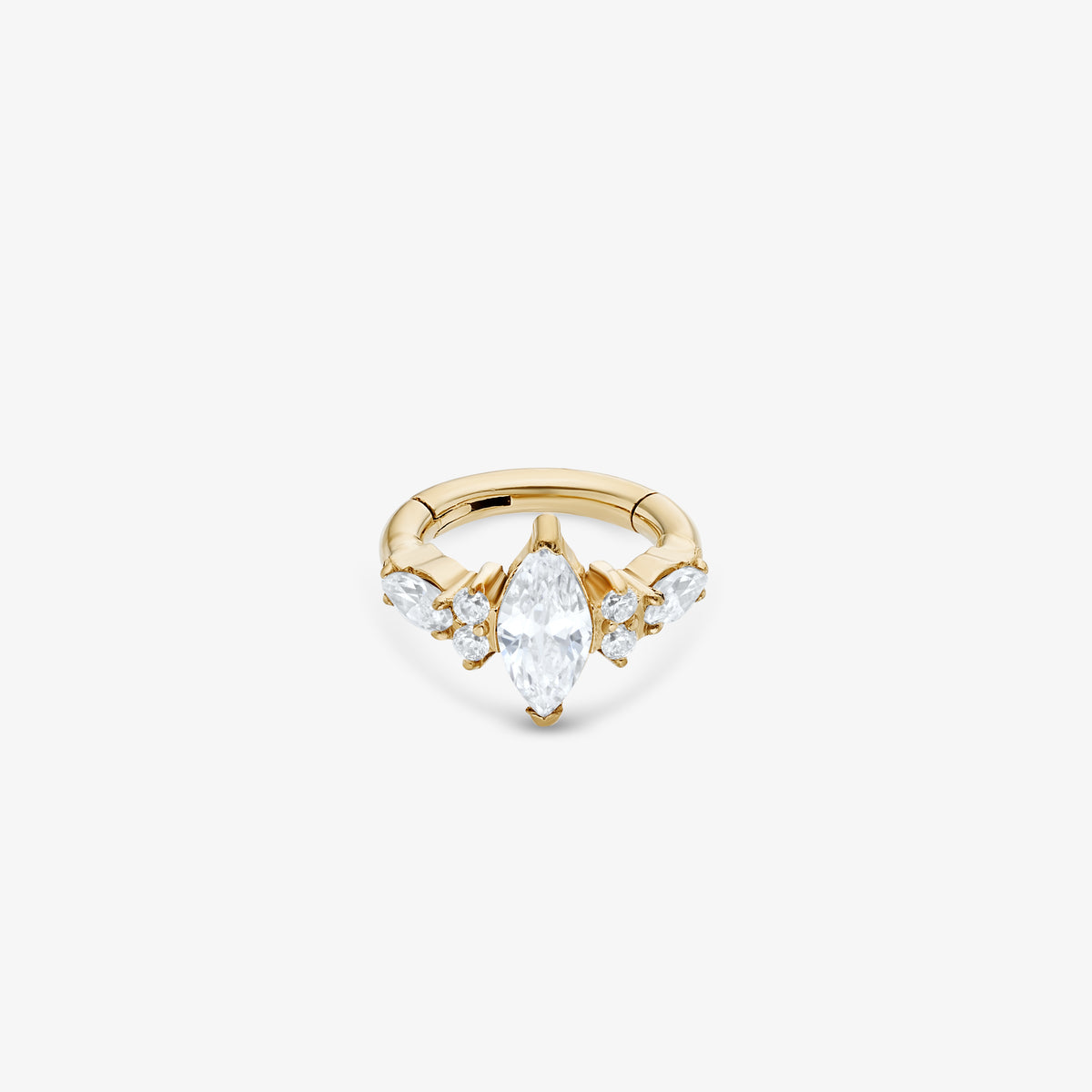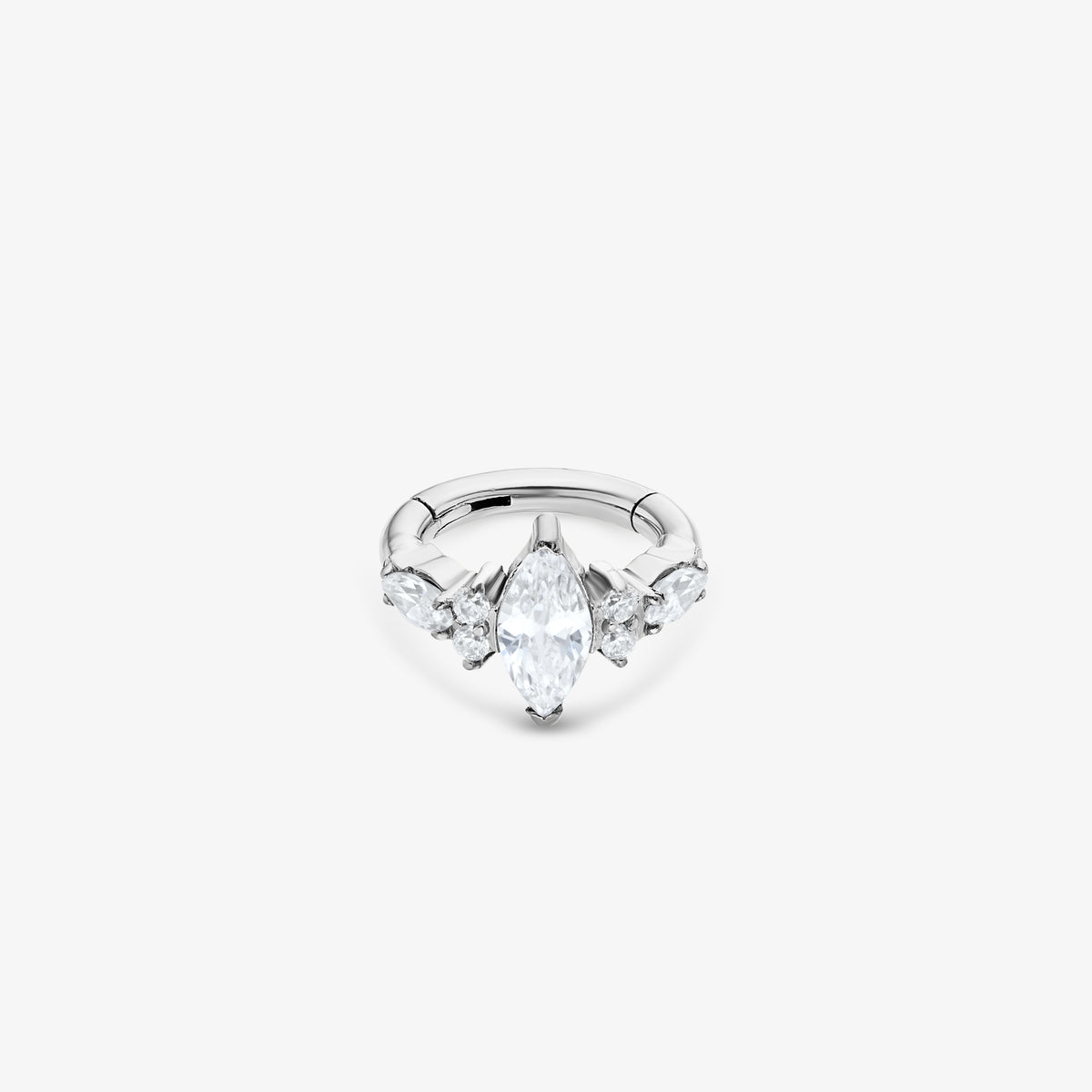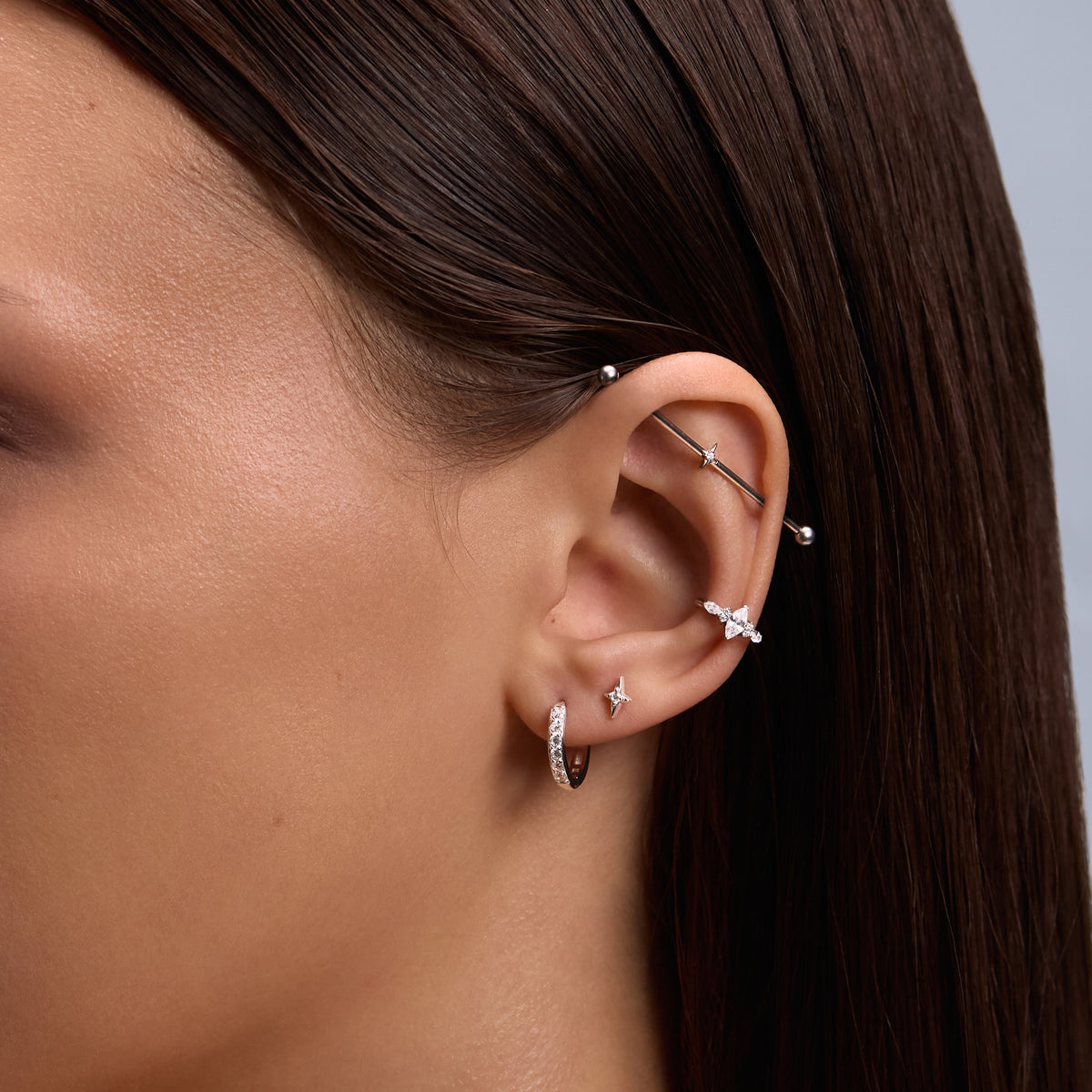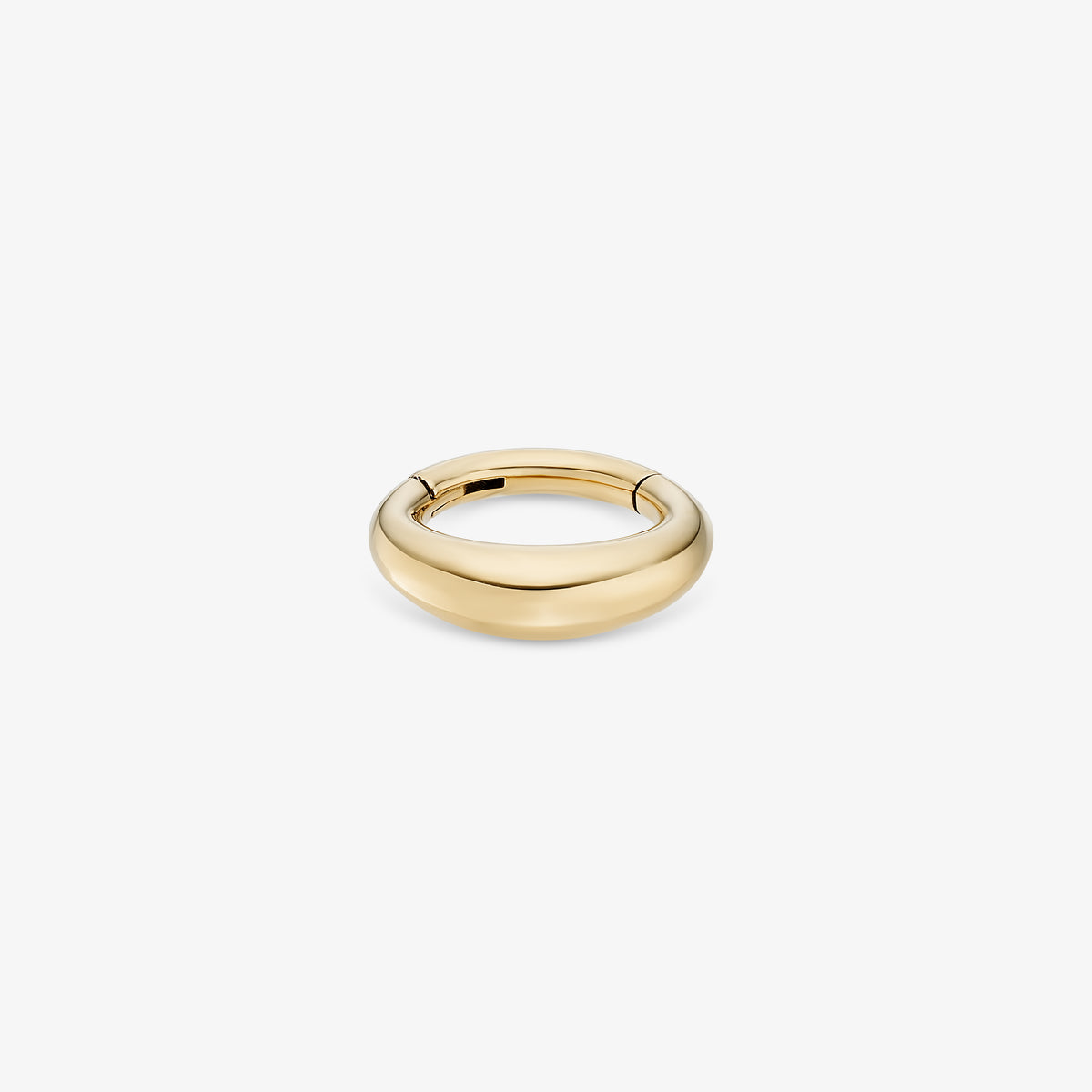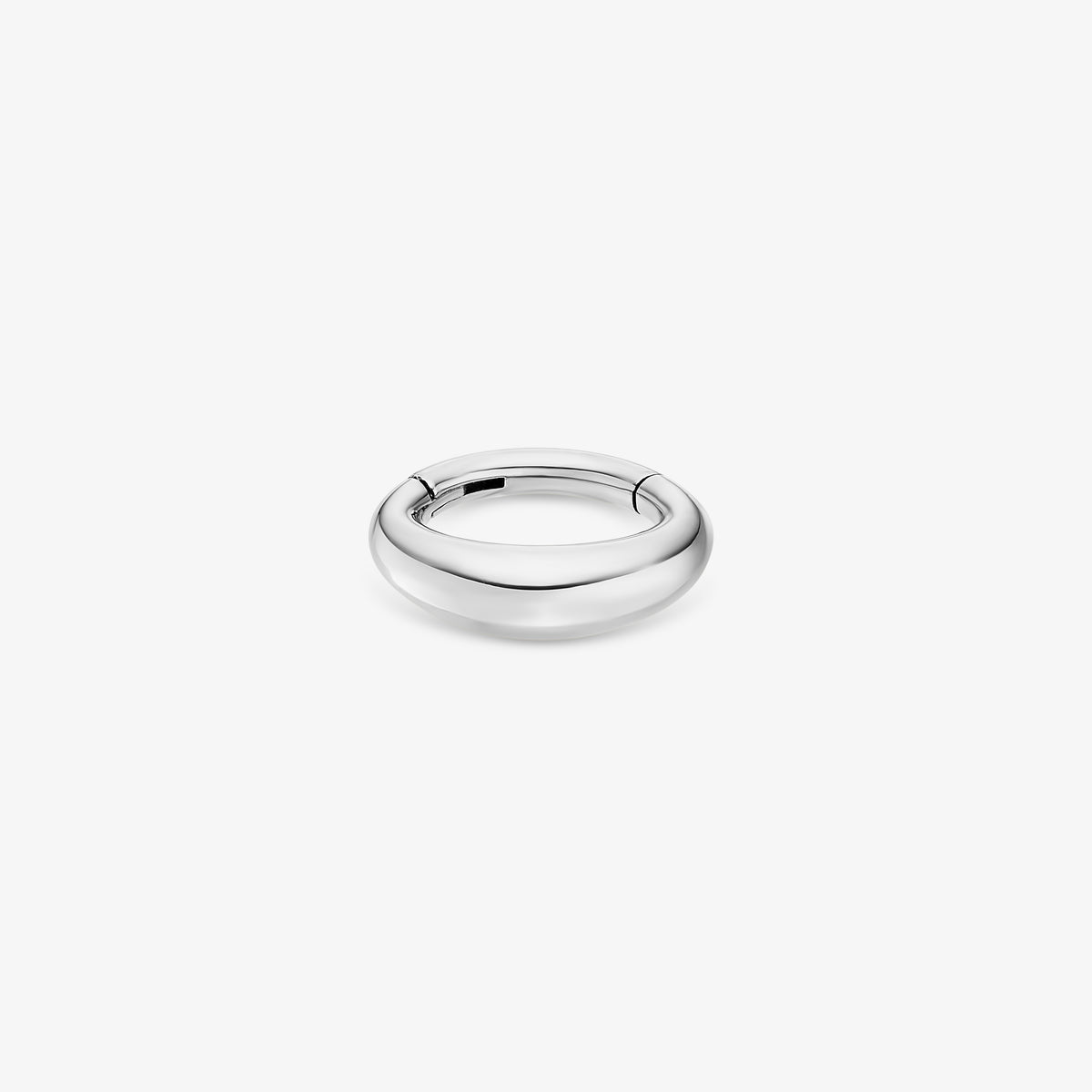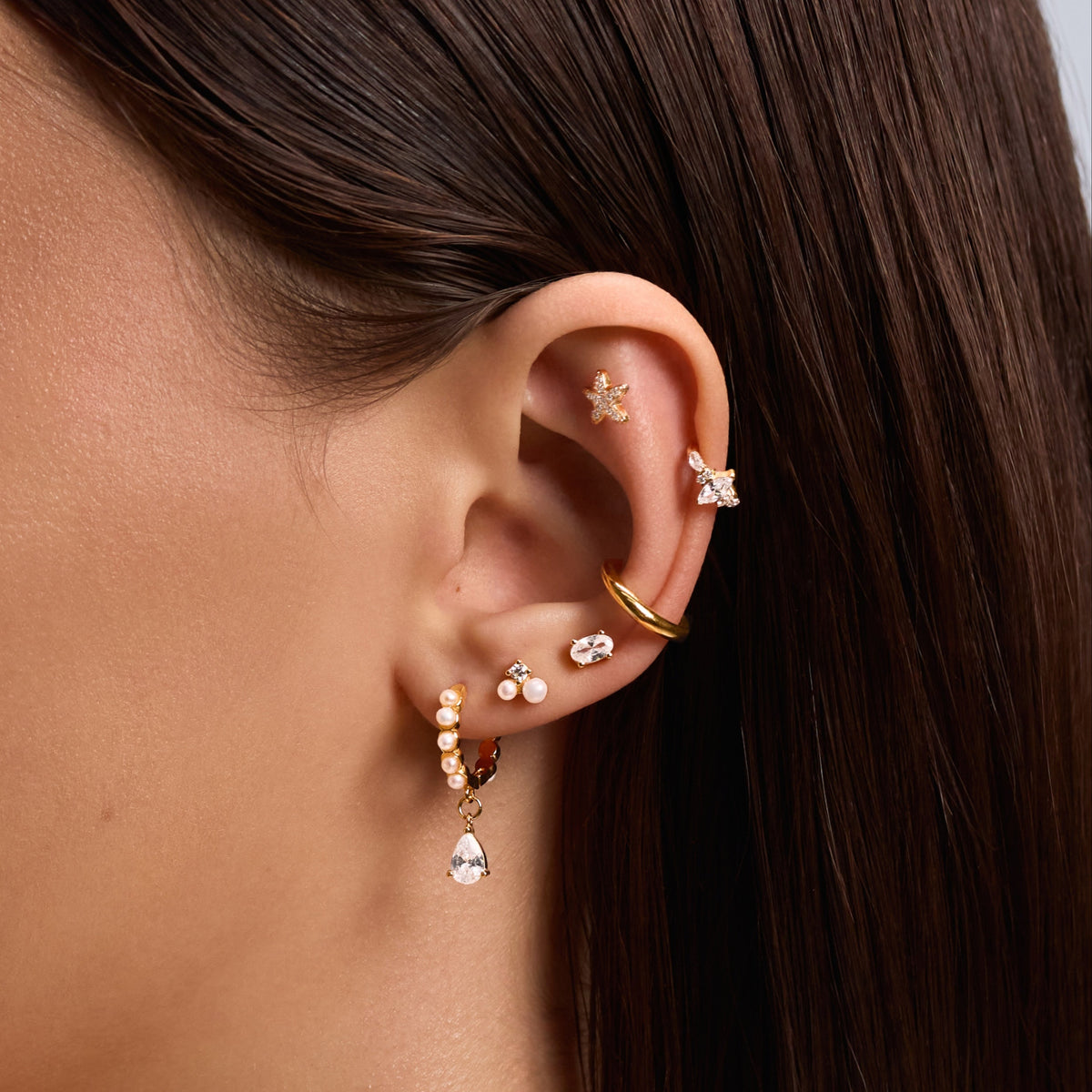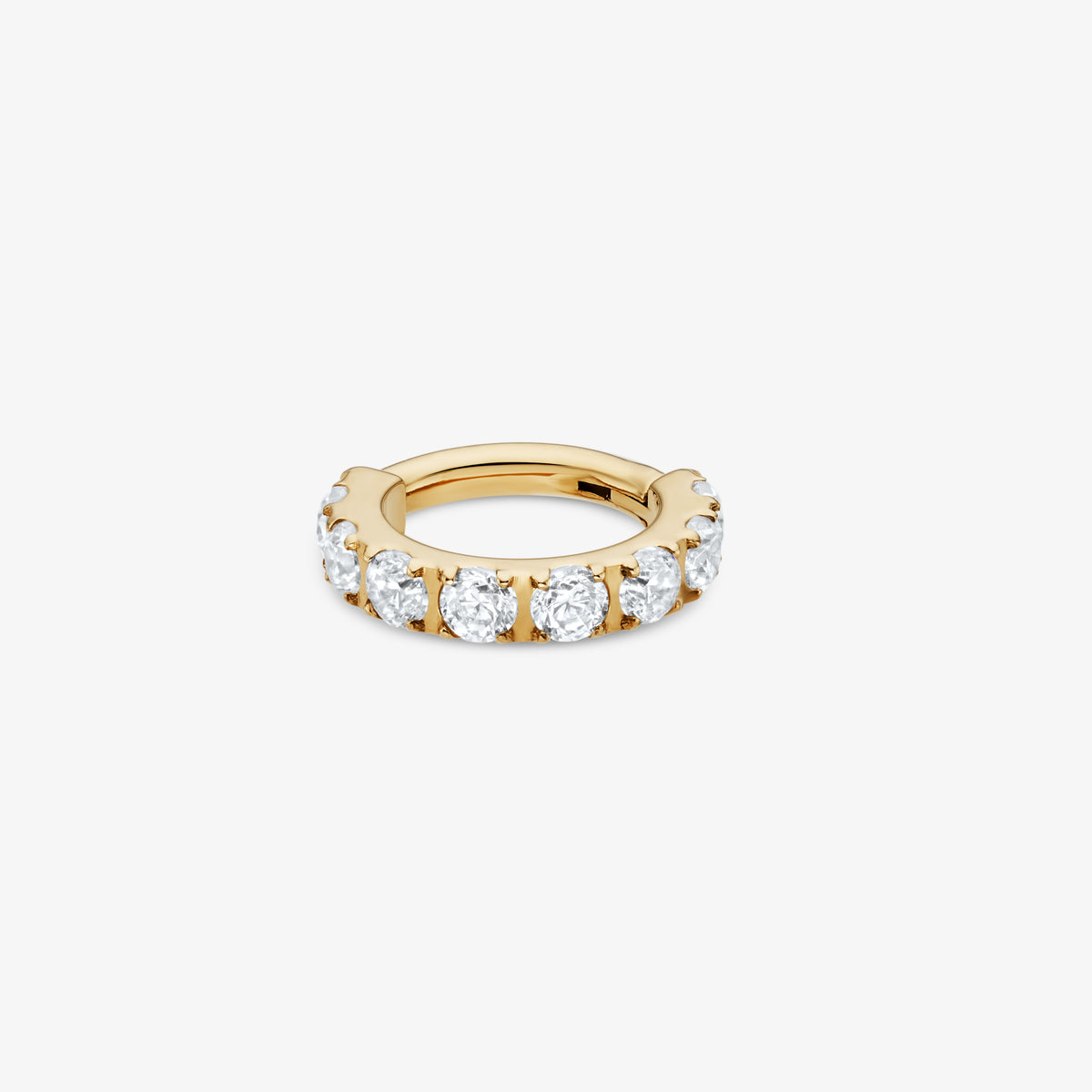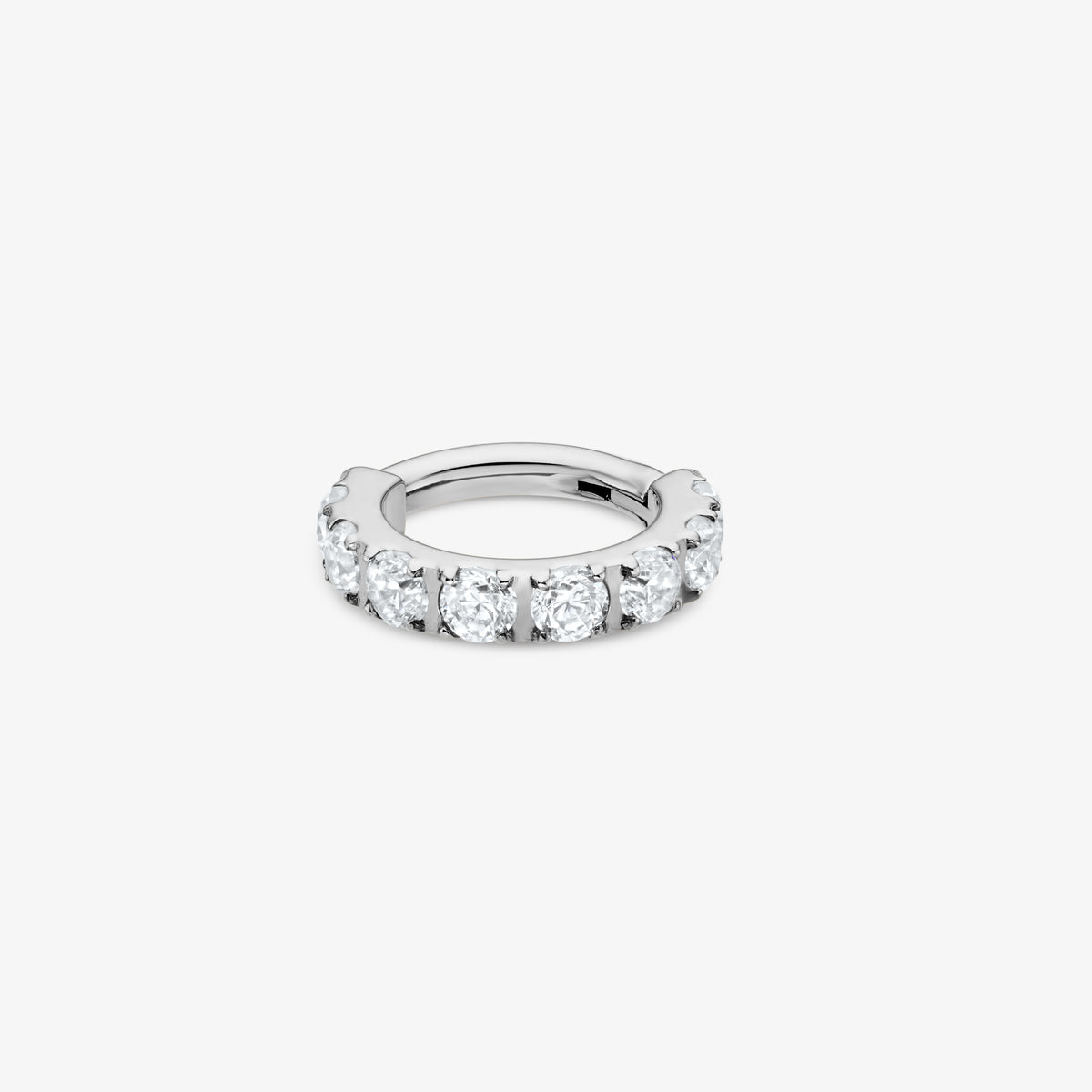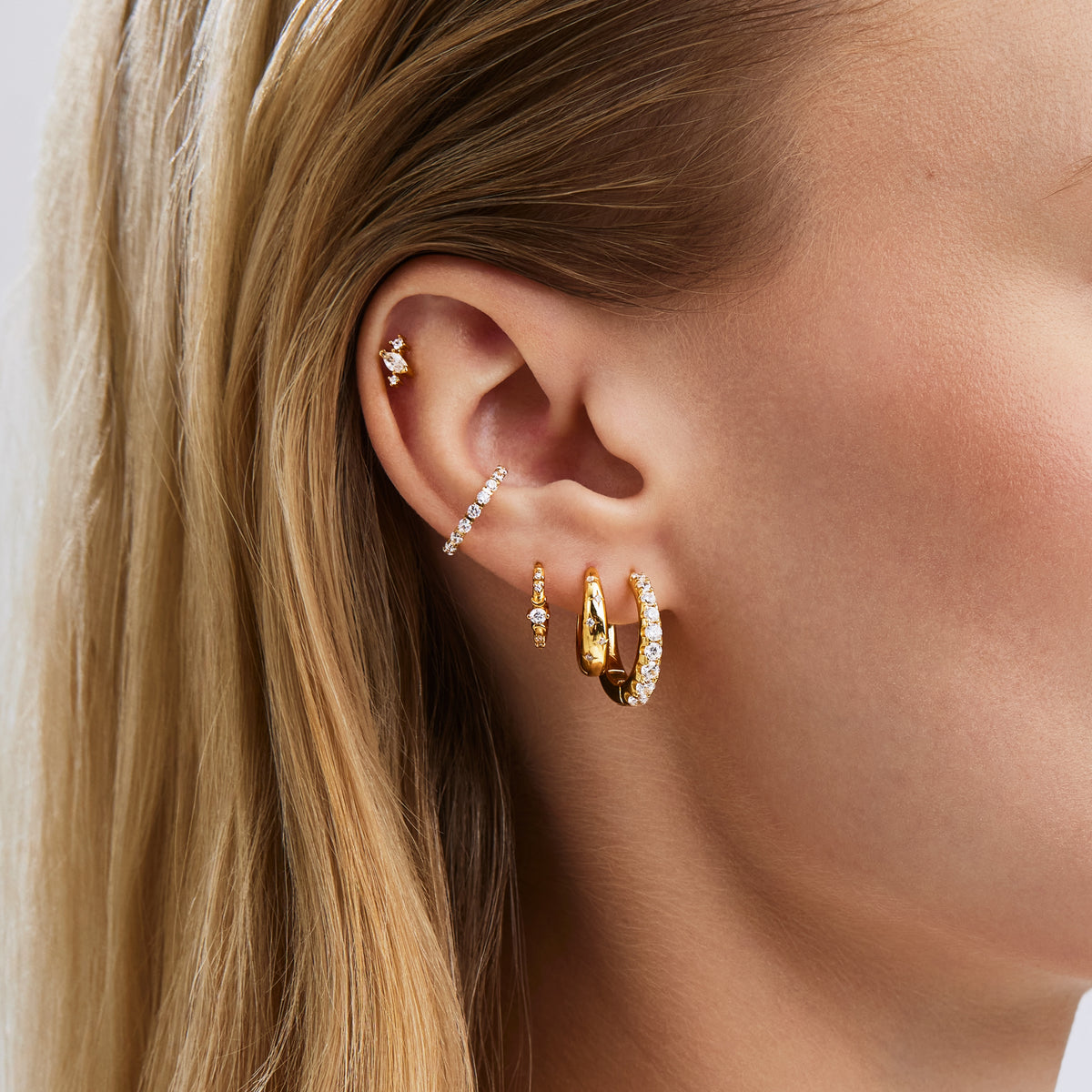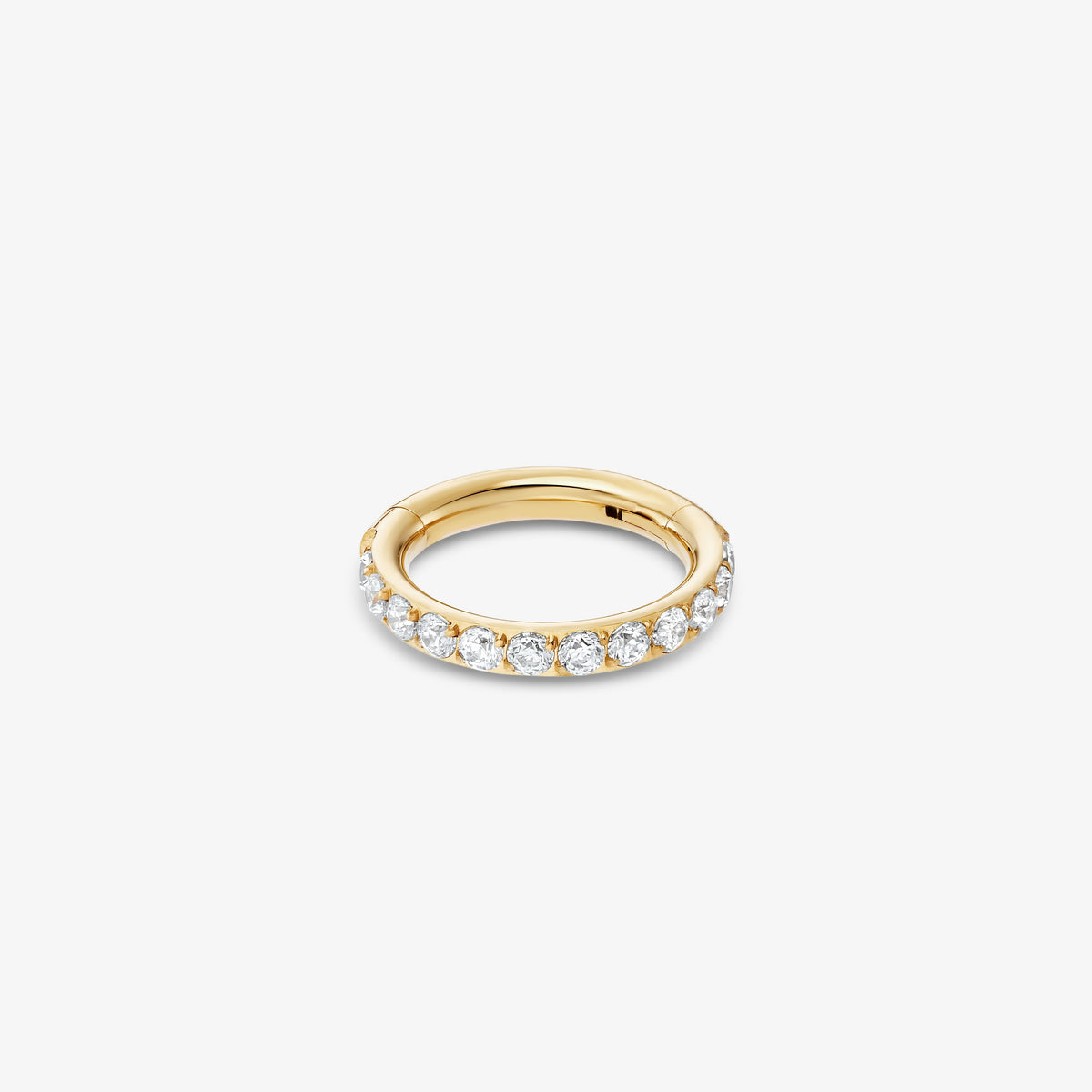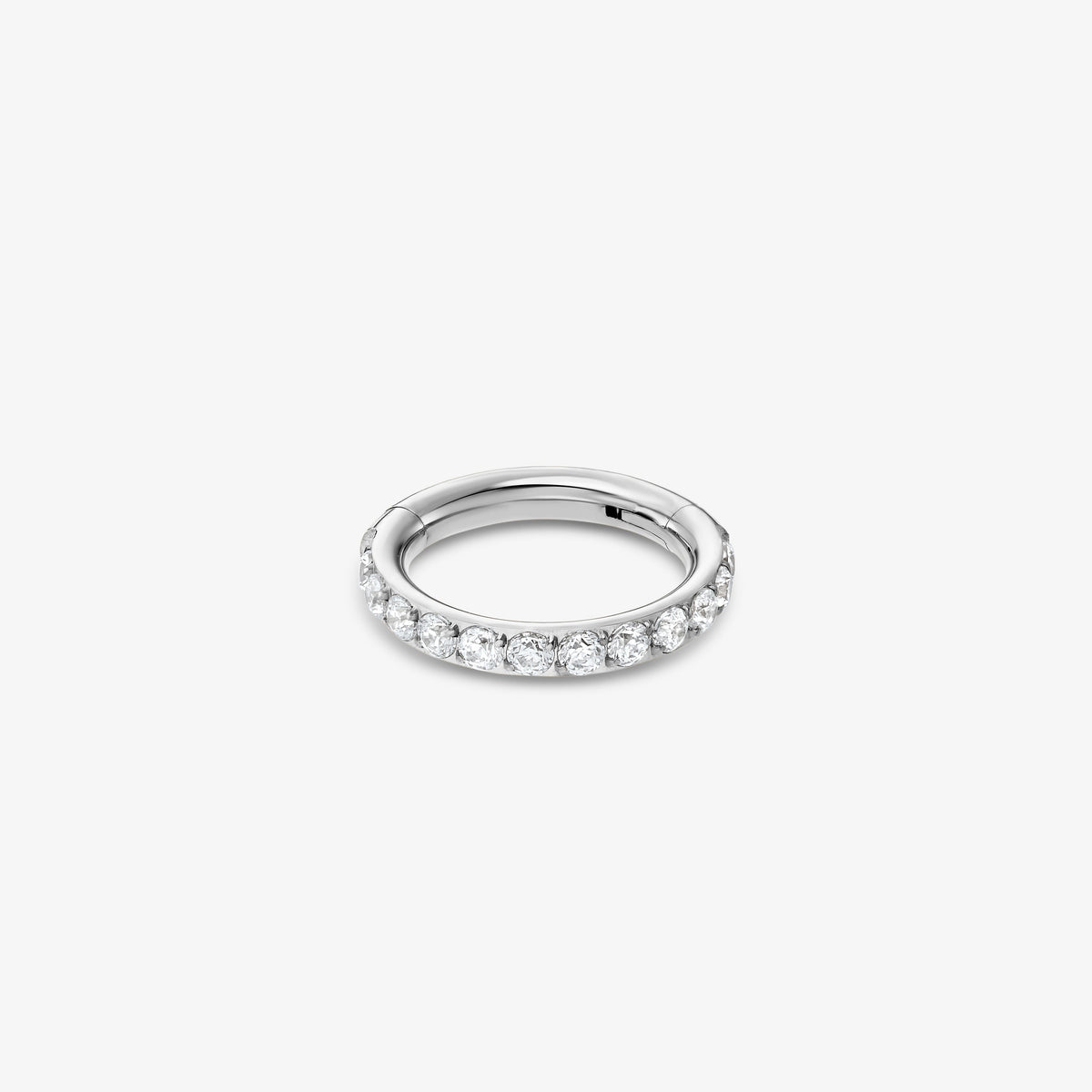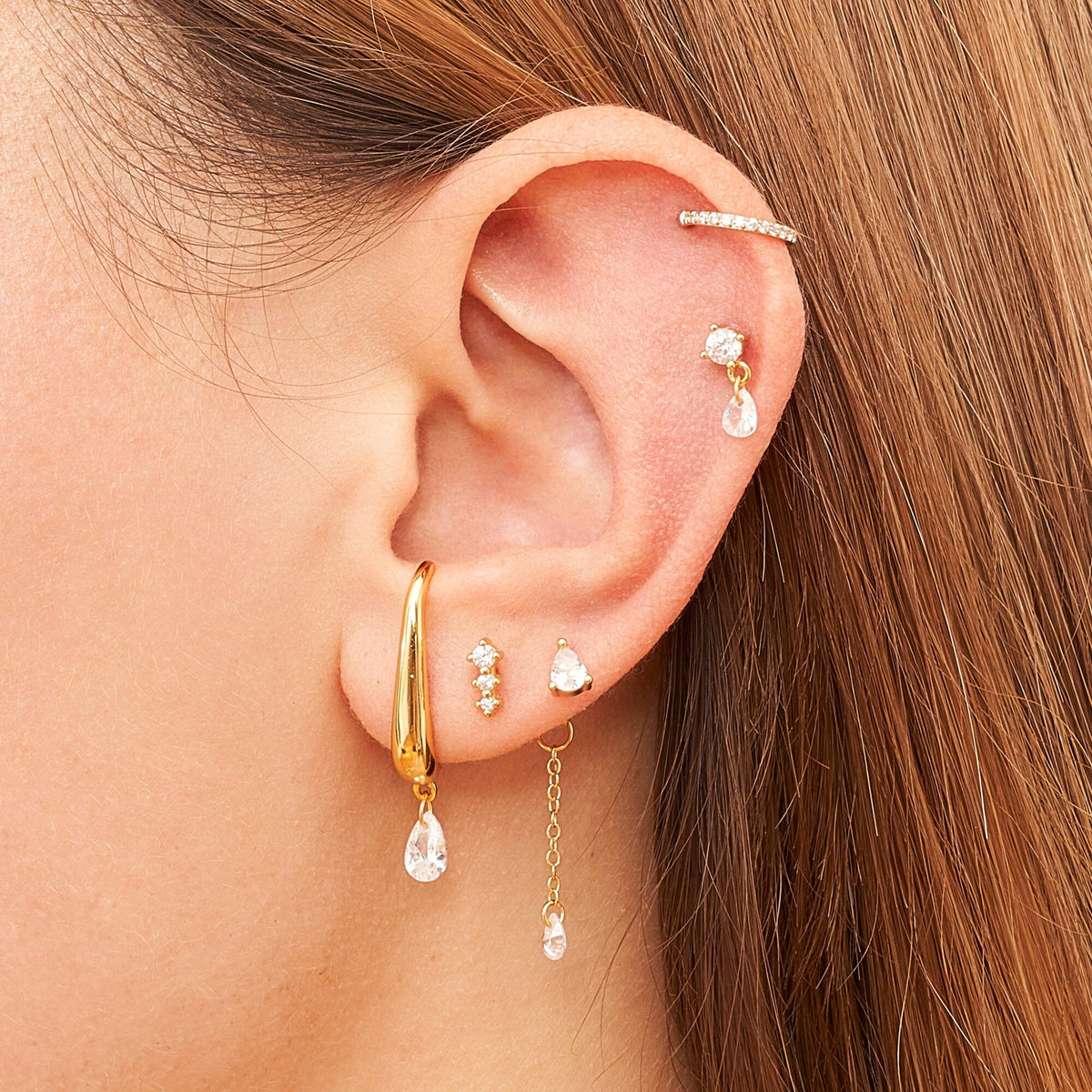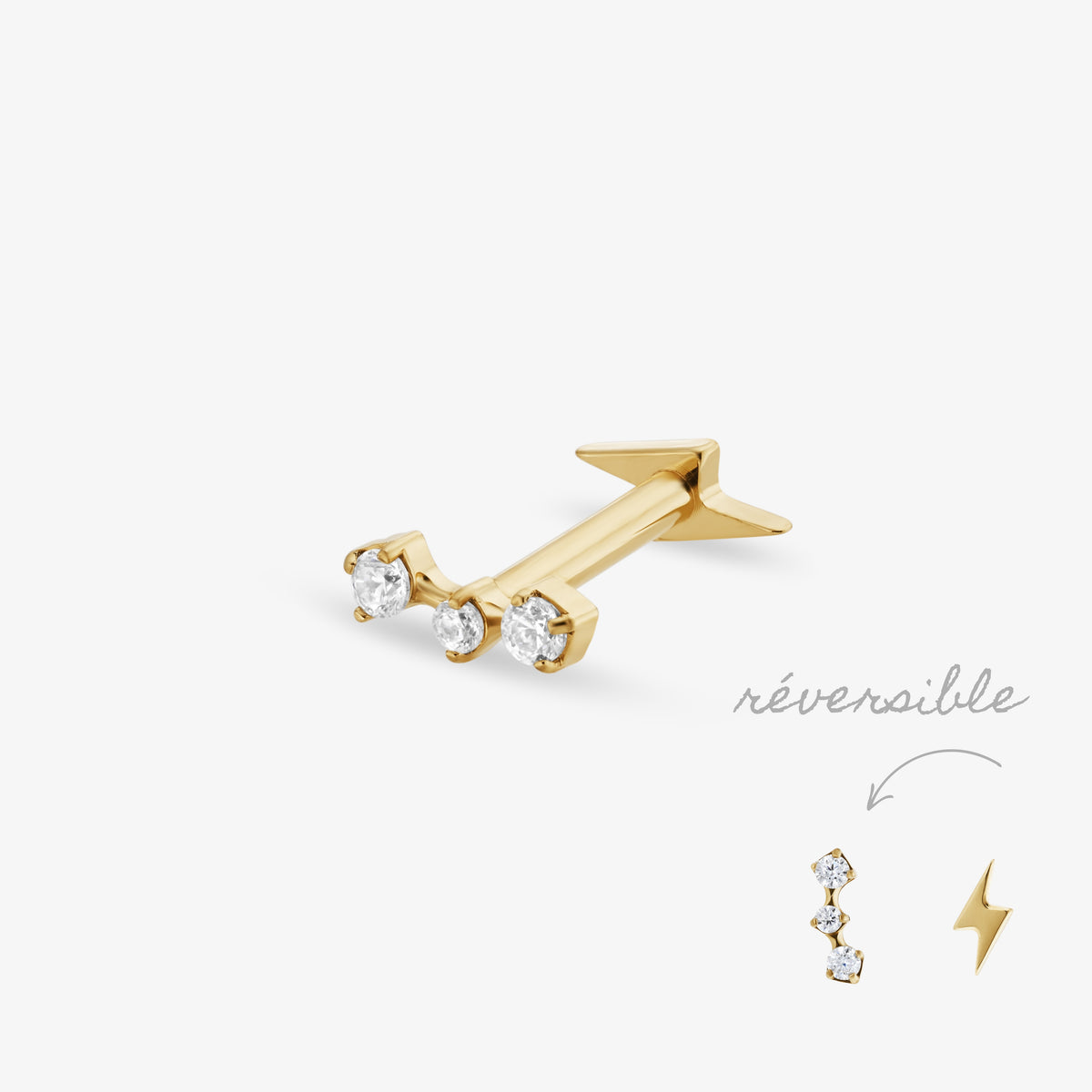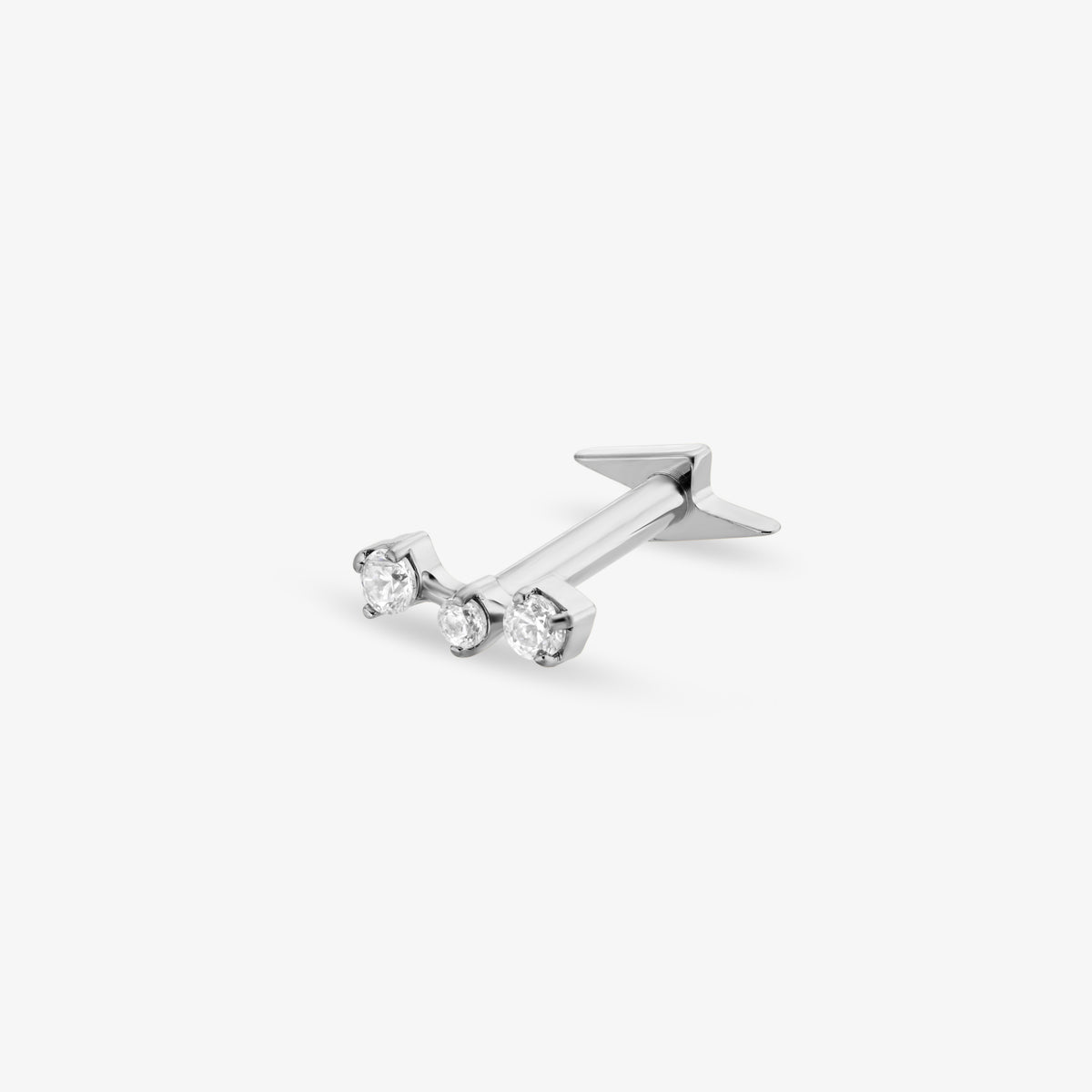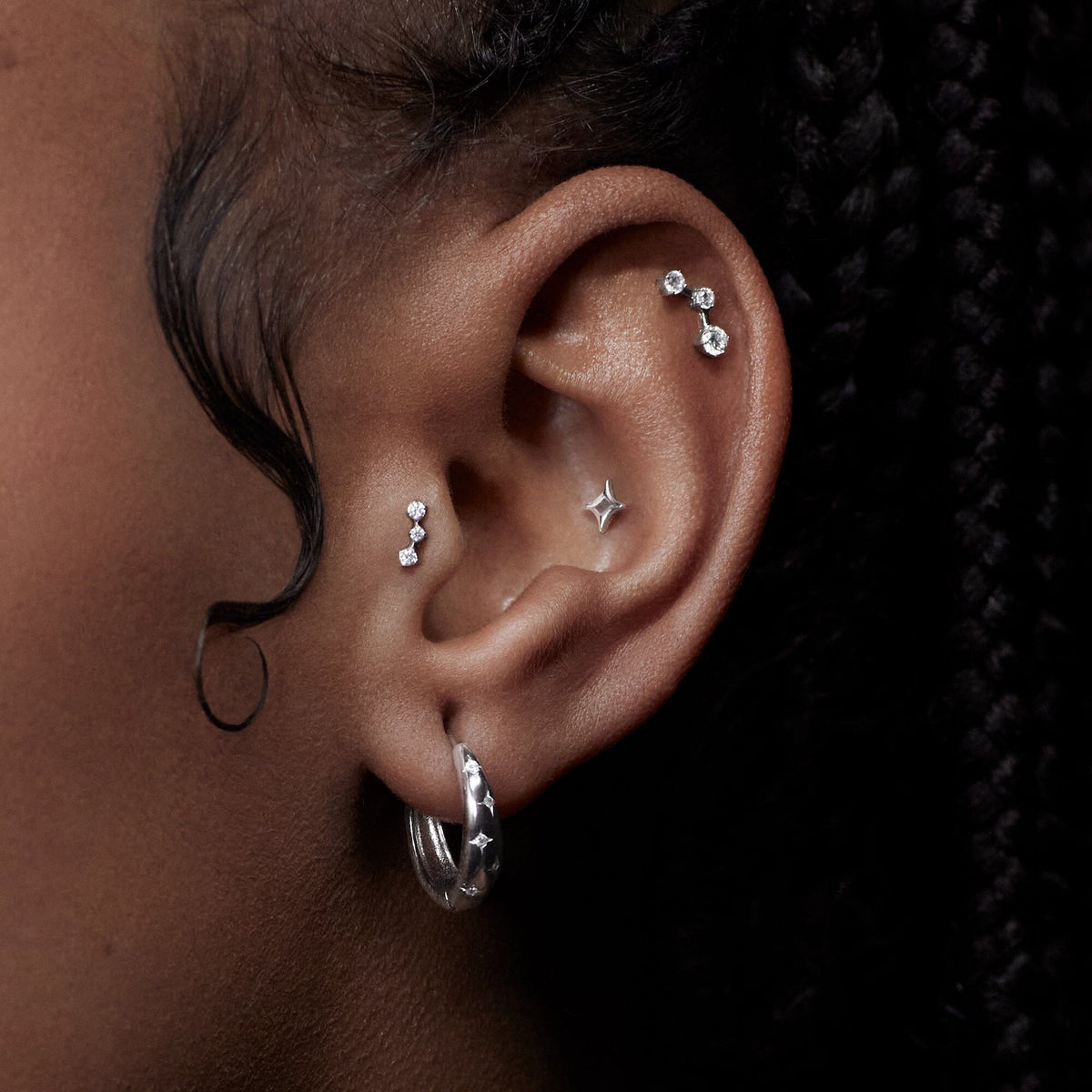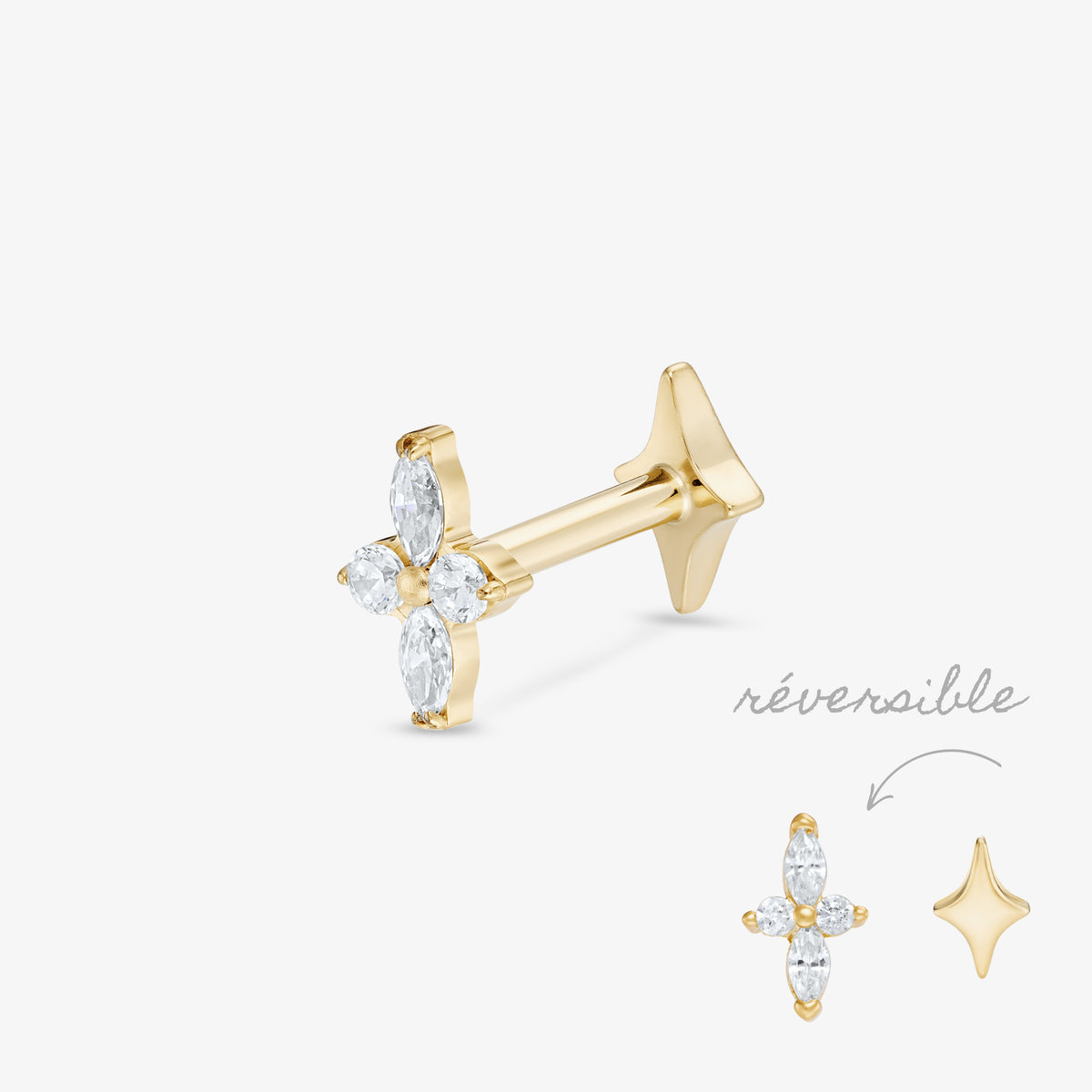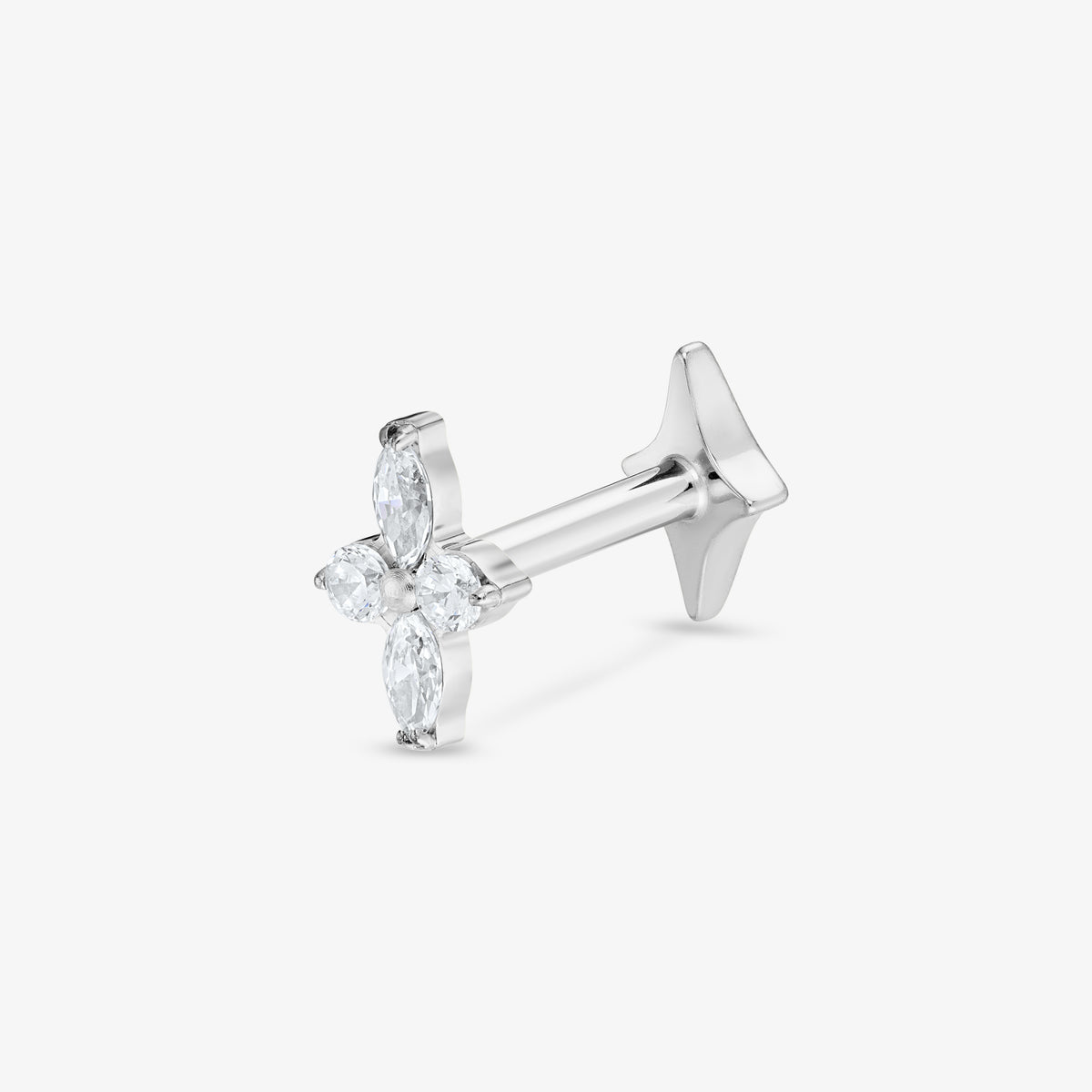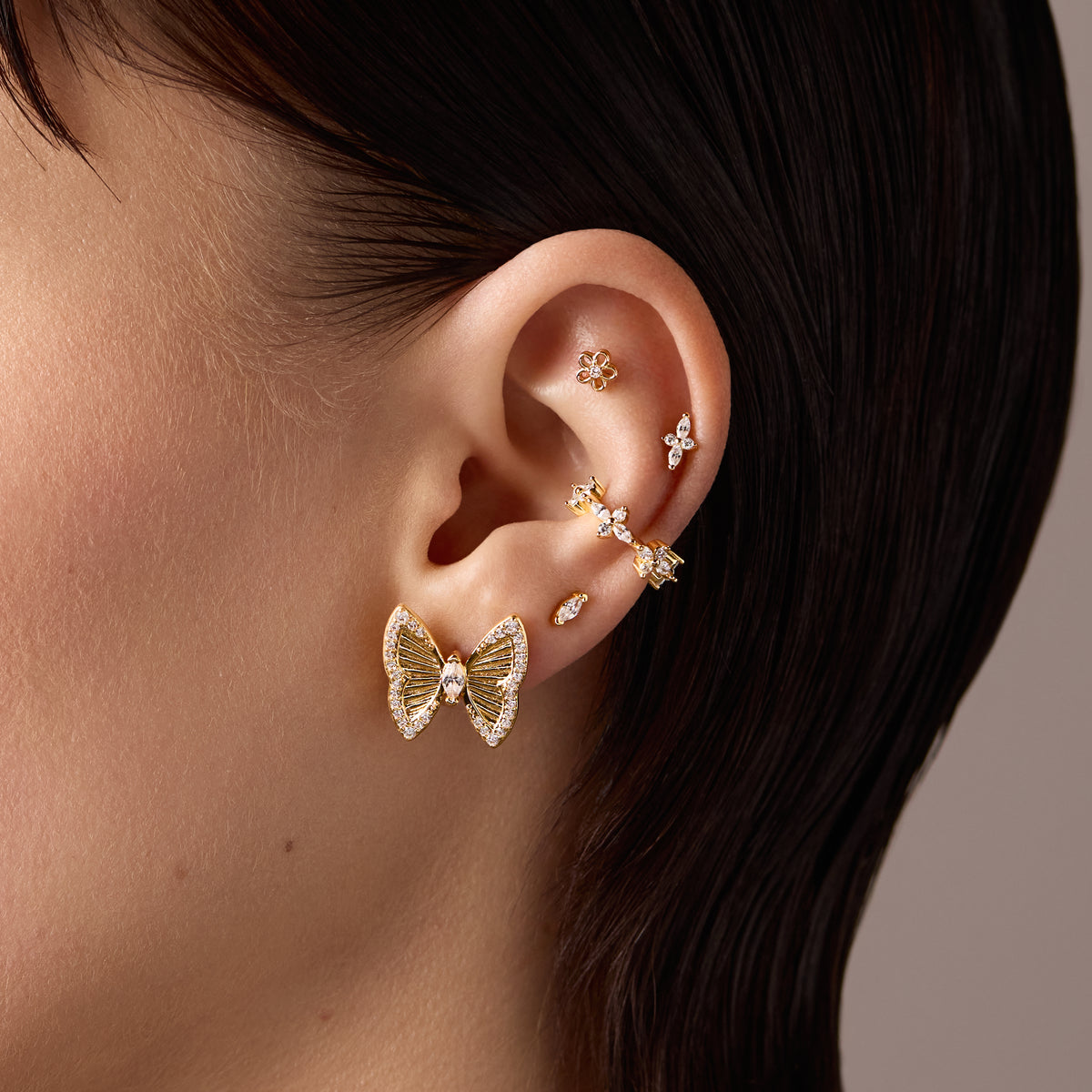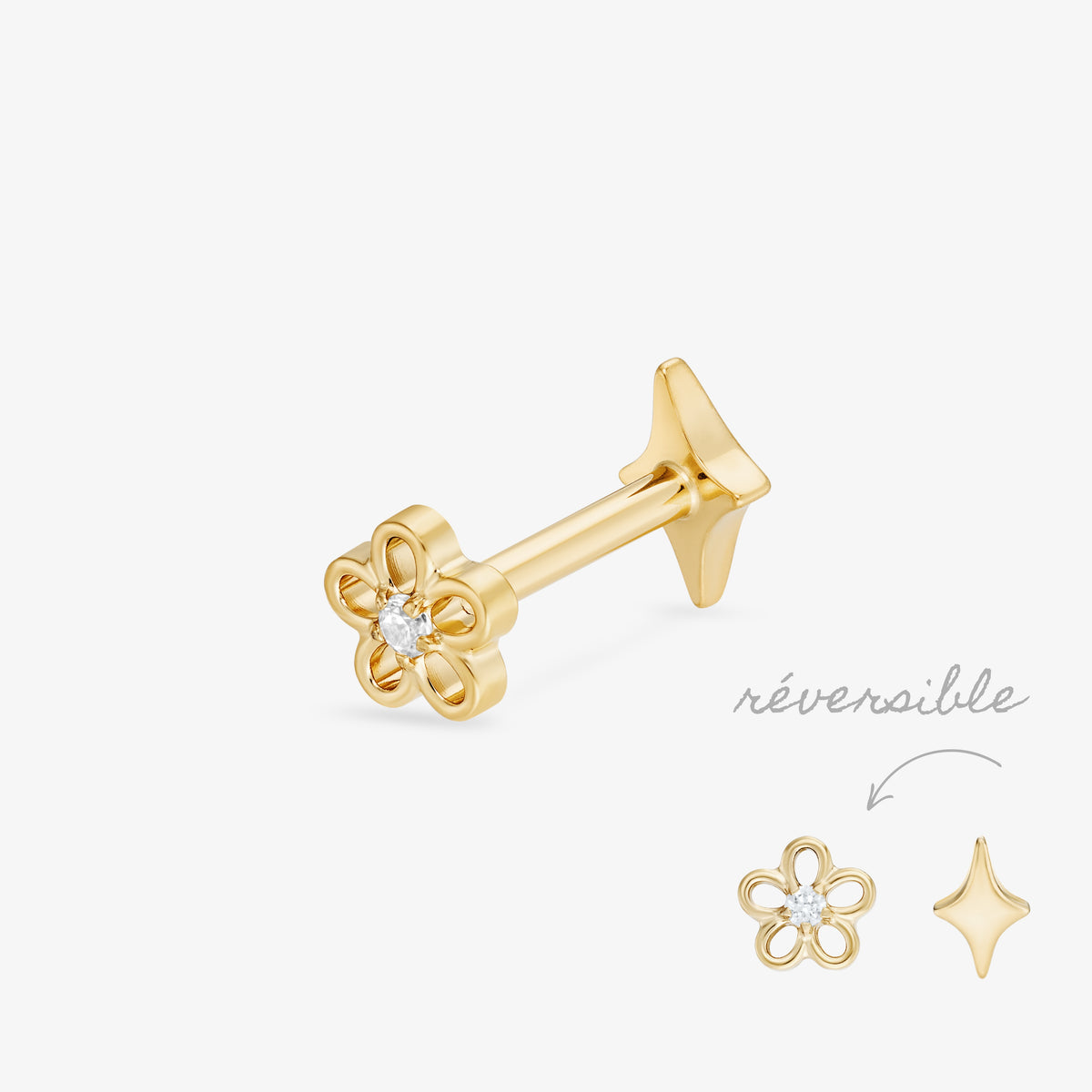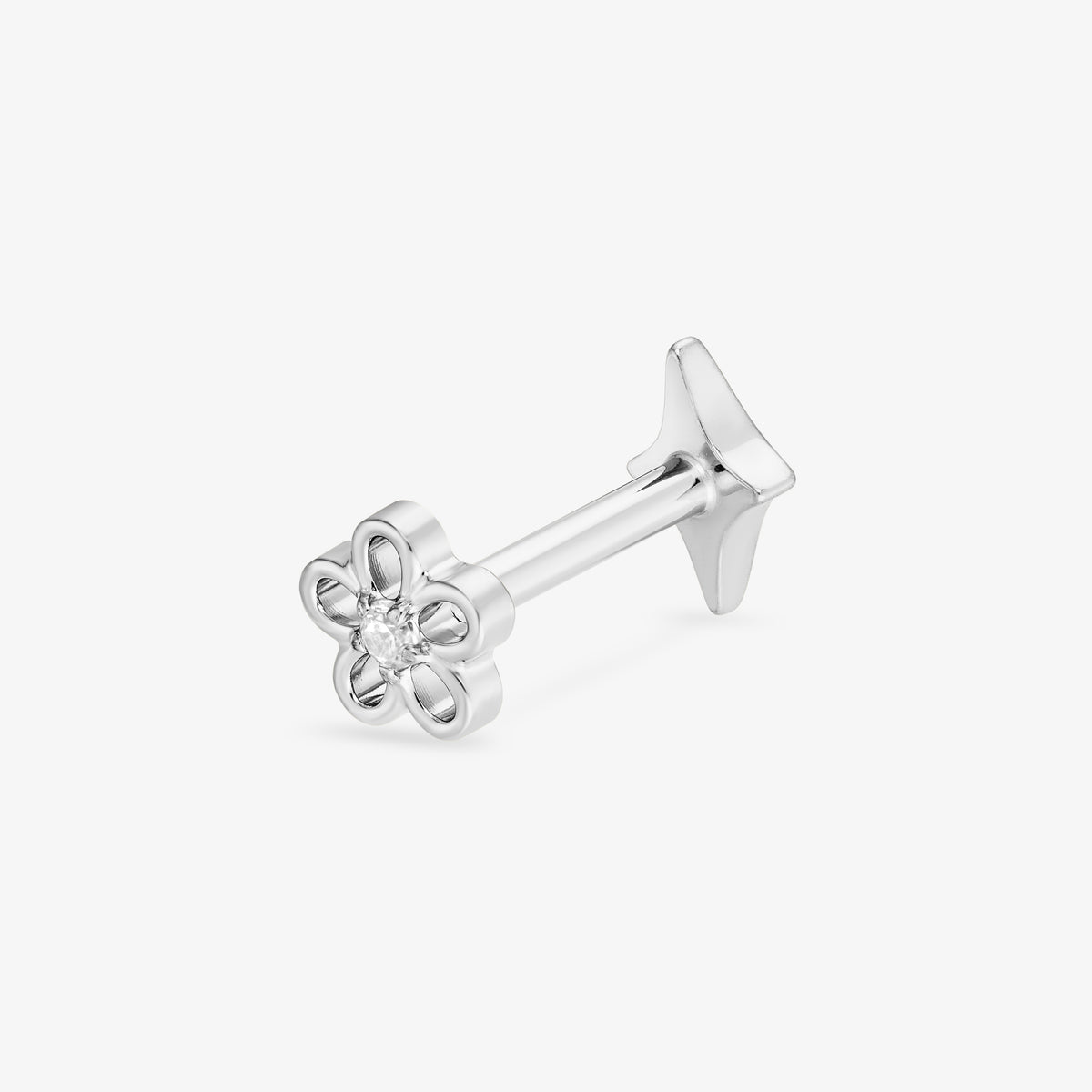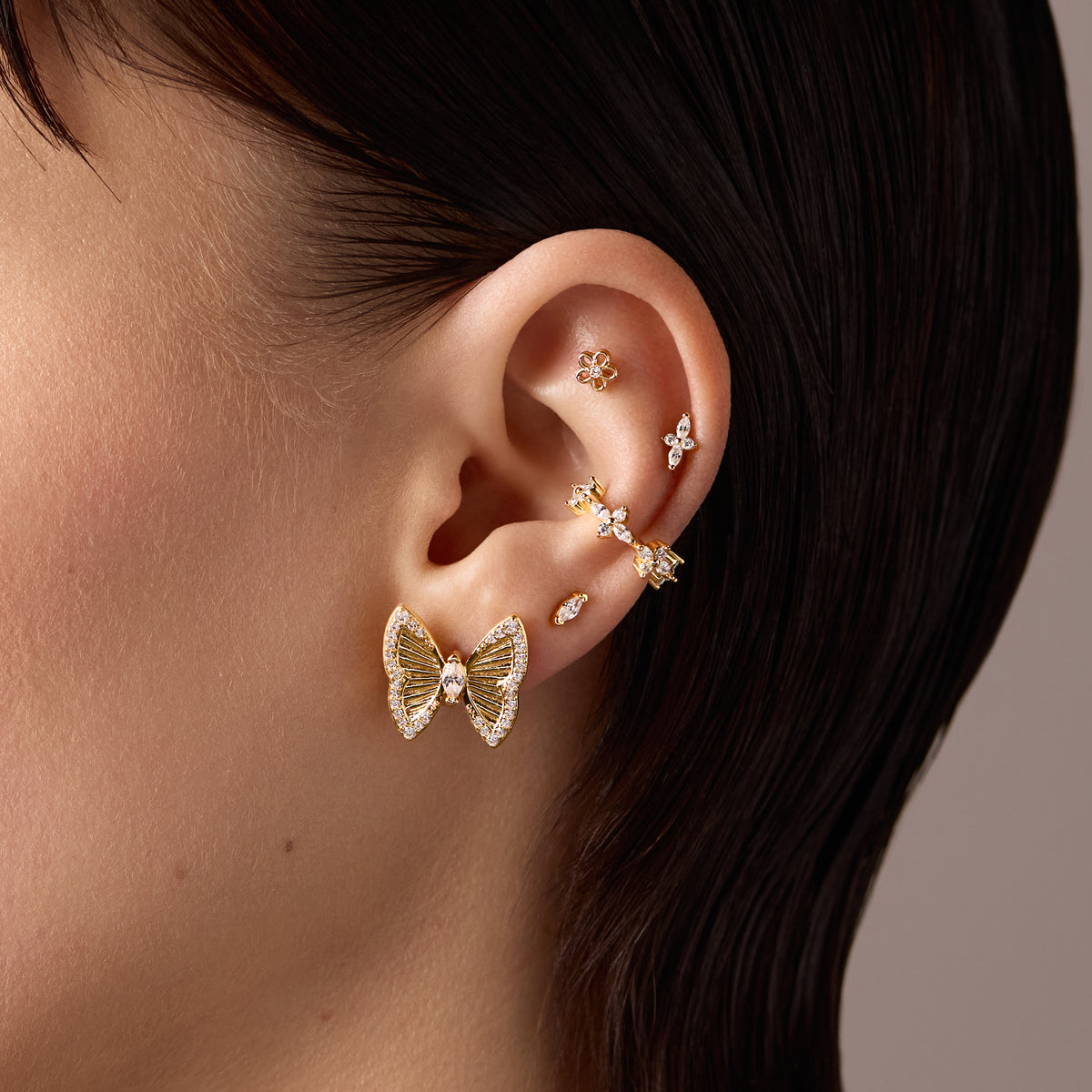Chéloid on piercing: tips and solutions to treat it
Understand the phenomenon of the Chéloid
What is a cheloid?
A cheloid is an outgrowth of scar tissue that forms when the skin reacts excessively to an injury, such as a piercing. Unlike a normal scar, it exceeds the limits of the pierced area and can continue to grow, causing discomfort and discomfort. This formation of cheloids results from an overproduction of collagen during the healing process.
Causes and risk factors associated with cheloids on piercing
Chélooids may appear for various reasons, in particular:
Genetic predisposition : Some people, especially those with dark skin, are more prone to this type of reaction.
The location of piercing : areas such as cartilage or ear are more at risk.
Repeated injuries : constant irritation, due to an unsuitable jewelry or clashes, increases the risk.
Chéloid vs hypertrophic scar: know -how
It is important to differentiate a cheloid from a hypertrophic scar. A chéloid is an outgrowth that extends beyond the limits of the drilled hole, while a hypertrophic scar remains confined to the injured area. The difference is also based on their evolution: a hypertrophic scar tends to decrease over time, while a cheloid can continue to grow.
Identify a cheloid on a piercing
The characteristic signs of a cheloid on a piercing
Chélooids are generally in the form of red bumps or firm flesh around piercing. They can be accompanied by itching, pain or a slight swelling.
When should you worry?
If you notice an appearance of outgrowth which grows quickly, which becomes hard or causes significant discomfort, it is time to consult a pierce or a dermatologist. These signs could indicate complications requiring medical intervention.
Prevent the appearance of a cheloid following a piercing
Choice of jewelry and metal for piercing, the best advice.
The choice of jewelry is an essential element to guarantee good healing. During the first installation, it is strongly recommended to favor the titanium ASTM F136, a material specifically designed to be biocompatible and hypoallergenic. This medical titanium is exempt from nickel, a metal often responsible for allergic reactions, and it meets the strictest standards for medical implants. Thanks to its lightness and exceptional resistance to corrosion, titanium considerably reduces the risk of irritation or inflammation. By opting for titanium, you bet on a high quality piercing that respects your skin and promotes optimal healing. A wise choice for everyone, especially for people with sensitive skin or history of allergic reactions.
Post-flying care: good practices
Post-flying care: good practices
A suitable treatment is essential to ensure optimal healing of your piercing and prevent complications. Here are the essential steps to integrate into your daily routine:
Clean the area regularly
Use physiological serum to gently clean the pierced area, twice a day. These solutions, soft and respectful of the tissues, help to eliminate impurities and maintain the clean wound without disturbing the natural healing process.Avoid aggressive products
Ban the use of antiseptics in the absence of infection. These substances can irritate tissues, slow healing and cause excessive drought in the pierced area. Prefer soft products that respect the skin and promote progressive healing.Wash your hands before handy
The golden rule: never touch your piercing with dirty hands. Wash your hands carefully with an antibacterial soap before cleaning. This simple gesture prevents the introduction of bacteria which could cause an infection or slow healing.Avoid parasitic gestures
Resist the urge to turn or move your jewelry during the healing phase. These unnecessary manipulations irritate the wound and increase the risk of complications, such as lesions or the formation of growths like cheloids.Pay attention to external factors
Protect your environments from environments such as swimming pools, saunas or public baths, where bacteria proliferate. Also avoid excessive friction caused by clothing or pillows, which can irritate drilling and slow down healing.
By following these good practices, you create ideal conditions for rapid healing and without complications. Remember that each piercing has its own healing time: be patient and vigilant throughout the process.
Errors to avoid when healing
For optimal healing of your piercing, avoid current errors. Do not change the jewel too early: each piercing has a specific healing time, from a few weeks to several months. For example, a cartilage piercing may require up to 12 months. Changing the jewelry prematurely may cause irritation, infections or growths. Consult a professional pierceur if you have any doubts.
Also avoid excessive pressure on the pierced area. Sleeping it, wearing tight headphones or clothes can cause pain, swelling or infections. Sleep on the opposite side and avoid them Accessories that press the wound.
Finally, do not handle your piercing without necessity. Touching or turning the jewelry with dirty hands increases the risk of infection. Do it only does it after a careful washing of the hands.
By avoiding these errors, you offer your piercing the best chances of healing quickly and without complications.
Chélooid treatment strategies on piercing
The first measures to take
As soon as suspicious outgrowth appears, apply healing cream to promote epidermal repair and calm inflammation. This cream helps soothe the skin while supporting the healing process.
Topical treatments
Certain creams or gels containing silicone or corticosteroids can help reduce the appearance of the chéloid. These products should be used under the advice of a professional.
Available medical interventions
Corticosteroid injections
Corticosteroid injections are a common method to treat cheloids, especially when they are still recent and have significant inflammation. These injections act by reducing localized inflammation, which reduces the size of the cheloid. They are effective in soothing pain, discomfort and redness associated with the growth of the chéloid. However, several sessions may be necessary to obtain sustainable results, and these treatments must be spaced a few weeks spaced in order to maximize their efficiency. Although this method can considerably improve the appearance of the Chéloid, it is important to note that the results vary from person to person, and that additional care can be required to maintain healthy skin and avoid the formation of New growths.
Surgery
Surgery is a more invasive option to treat cheloids, especially when they are particularly bulky or painful. The process consists in removing the chéloid by excision, which makes it possible to remove the mass of excess tissue. Although this method is fast and effective in removing the visible chéloid, it has a high risk of recurrence if it is practiced alone. Indeed, a chéloid can be reforming even after surgery, especially if the skin is likely to develop this type of scar. To limit the risks of recurrence, surgery is often combined with other treatments, such as radiotherapy or the application of corticosteroids. The association of several approaches provides better long -term results and reducing the risks of new Chélooid training.
Other treatments: laser, cryotherapy and radiotherapy
THE laser is a non -invasive alternative to the skin that can be used to treat cheloids. This treatment uses a concentrated light beam to flatten the cheloid and reduce its redness, which improves its aesthetic appearance. Laser sessions are often well tolerated, but several treatments may be necessary to observe a visible improvement. The laser is particularly useful for reducing signs of hypertrophic scars and improving skin texture without causing significant pain.
There cryotherapy consists in applying extreme cold on the cheloid, generally in the form of gas or liquid, in order to freeze and destroy the scar tissue. This leads to the gradual destruction of cells responsible for the formation of the Chéloid. This method is often used to treat small cheloids or those that do not respond to other treatments. It may require several sessions to be effective, and the results vary depending on the size and location of the chéloid.
Finally, the radiotherapy is generally used after surgery to remove a cheloid, to minimize the risk of recurrence. It consists of administering small doses of radiation on the area operated to inhibit cell growth that can produce a new cheloid. Although radiotherapy is effective in preventing the reappearance of the cheloid, it has potential risks, such as any treatment with radiation, and should be administered under strict medical supervision.
Monitoring and care after treatment of a cheloid on piercing
Why is follow -up important?
After treatment, follow -up is essential to avoid the reappearance of the cheloid. He makes the link between drilling and his health, to avoid problems such as lesions in piercing. Regular visits to the doctor or dermatologist make it possible to adapt care and prevent any problems, and those even before the first symptoms.
Tips for maintaining a chéloid piercing
Continue regular care with a saline solution.
Avoid too tight or unsuitable jewelry, favor titanium jewelry.
Adopt strict hygiene to prevent any infection.
Learn more
How to treat a cheloid piercing?
Care is to reduce inflammation with saline compresses, use suitable creams, or consult a dermatologist for advanced treatments. Do not forget to clean well with physiological serum or a saline solution. In any case, do not panic, the best thing to do on the spot is to consult.
Can a cheloid leave on its own?
No, a cheloid generally does not disappear alone. It requires specific care and sometimes medical intervention.
Do the cheloid piercing disappear?
With suitable treatment, it is possible to reduce their appearance and therefore outgrowth, but they may persist in some cases.
How to make the chéloid disappear?
The combination of treatments, such as injections and creams, associated with good hygiene, is the best solution to reduce the size of the ball.


